Equipment
From a Fitter: An in-depth discussion of wedge bounce, grind, loft and lie
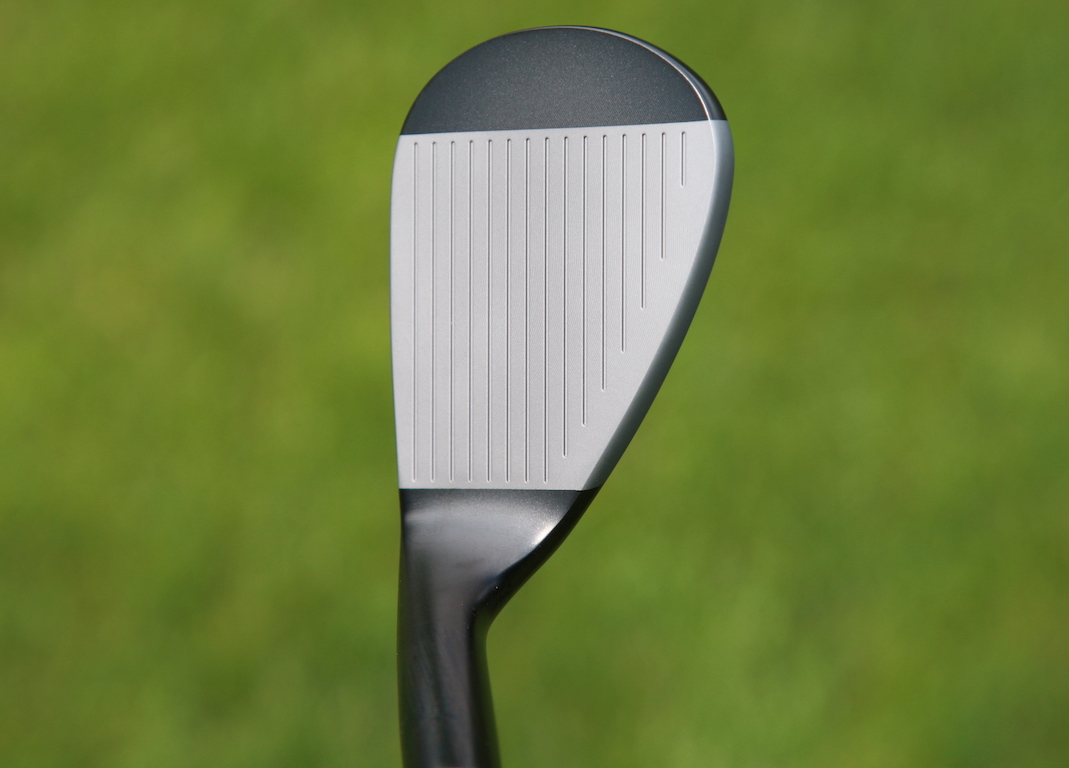
Wedge fitting is an interesting subject due to so many variables of the player and the course we play on. This article is to help break a few components down and help you make better choices when purchasing wedges.
Bounce is generally given a number which is a reference to the angle measured through the center portion of the sole of a club, from leading to trailing edge. The larger the angle, the more bounce you have, and the lower, the less bounce you have. No doubt this is a handy number to know, but for me, it is only the beginning of understanding the wedge.
It has often been said that “better players” use lower bounce, but this is not always true. Many tour players use higher bounce wedges these days, with special grinds (shapes of the club’s sole). Do not get pigeon-holed into a wedge option because of your handicap!
For me, wedge fitting is about versatility, forgiveness, and compatibility for that one player’s style.
I start the wedge fitting with an intensive interview process about the player’s entire bag layout and how many wedges can be fit into the bag. I then discuss their perception of the shots they play a lot of (specific yardages, flights of shot, etc.). Finally, we discuss the conditions of their most played course. Unfortunately, a lot of us do not have the luxury of owning multiple sets of wedges for all conditions, but if I can give a set of wedges some versatility, that will give the player more choice of shot from course to course.
I then measure a player’s angle of attack with their PW through to their highest loft wedge with what I call their “stock shot” or most played shot with that wedge. This process is really just an indicator of the options I will try first.
From here, it is very much player-driven. We move to the grassed area and cycle lofts, bounce and grind options. Not letting a player hit too many shots with each (otherwise they can start to manipulate the wedge too much from their normal action, especially good players). We look at divots and flight, keeping an eye especially on the bad shots and how they feel through the turf and how the shots fly/land. During my intensive sessions, we also go to a bunker area and play sand shots and shots to a green to hone in specialist areas of the short game.
Generics I use for grind
- Players who play ‘square to square’ shots, such as bump and runs, or mid-flight shots often deliver leading edge to the ground first. Depending on conditions I combat this with leading-edge relief i.e the shape of the sole looks like a V from heel to toe. Sometimes a softer rounded leading edge can also do the trick.
- Players who hit lots of flop shots and try to manipulate the club on the ground. I experiment with variations of heel and trailing edge relief. These players often have success with aggressive grinds, as when the club is splayed open they feel as though the missing heel and trailing edge material allows the leading edge to sit snug to the surface, and it prevents the club bouncing too much through strike.
Ultimately, I facilitate a player with options and information.
The number one key of knowing you have the right wedge is clean strike! This means the club does not want to dig or bounce, but is allowed to slide through the ball and turf delivering the loft you intended.
One of the big areas that gets missed for me is the loft and lie adjustments. If a player’s lie is way out when testing a wedge, it can make it impossible to use. During a session, I try to keep uniformity between iron setup and wedge setup ensuring distance gaps are covered. This means I manipulate lofts and lies during the fitting. I have to be aware of the implications of bounce and turf interaction as I bend loft due to it adjusting the look of offset and most importantly the presentation of leading and trailing edge. The lie is just as important: one little tweak the right way and strikes can go from average to perfect.
Generics of loft and lie adjustment
- Adding loft can deliver more trailing edge, de-lofting can present more leading edge.
- Having more upright lies can help ‘square to square’ players, whereas flatter lie angles can help the Mickleson flop shot specialists!
- It’s not uncommon for me to flatten a player’s lob wedge a little more to allow that shaft to lay down easier.
Key points to get the most out of your wedge fitting
- Test options outside on turf.
- Do not base your fitting on just your angle of attack!
- Play lots of style of shots during testing.
- Make sure you have enough wedges to cover important distance and shot types for your game (have versatility in your wedge setup).
- Make sure length, loft and lie have been accounted for—as for shaft, that’s another article!
If you attain all of this and like the look and feel of your wedges, you will be set to play your best golf home and away. No matter the lie you encounter, you will feel you have a tool for the job at hand. This gives you the confidence in your swing at the scoring end of the game.
- LIKE164
- LEGIT26
- WOW3
- LOL3
- IDHT3
- FLOP2
- OB2
- SHANK19
Whats in the Bag
Daniel Berger WITB 2024 (April)
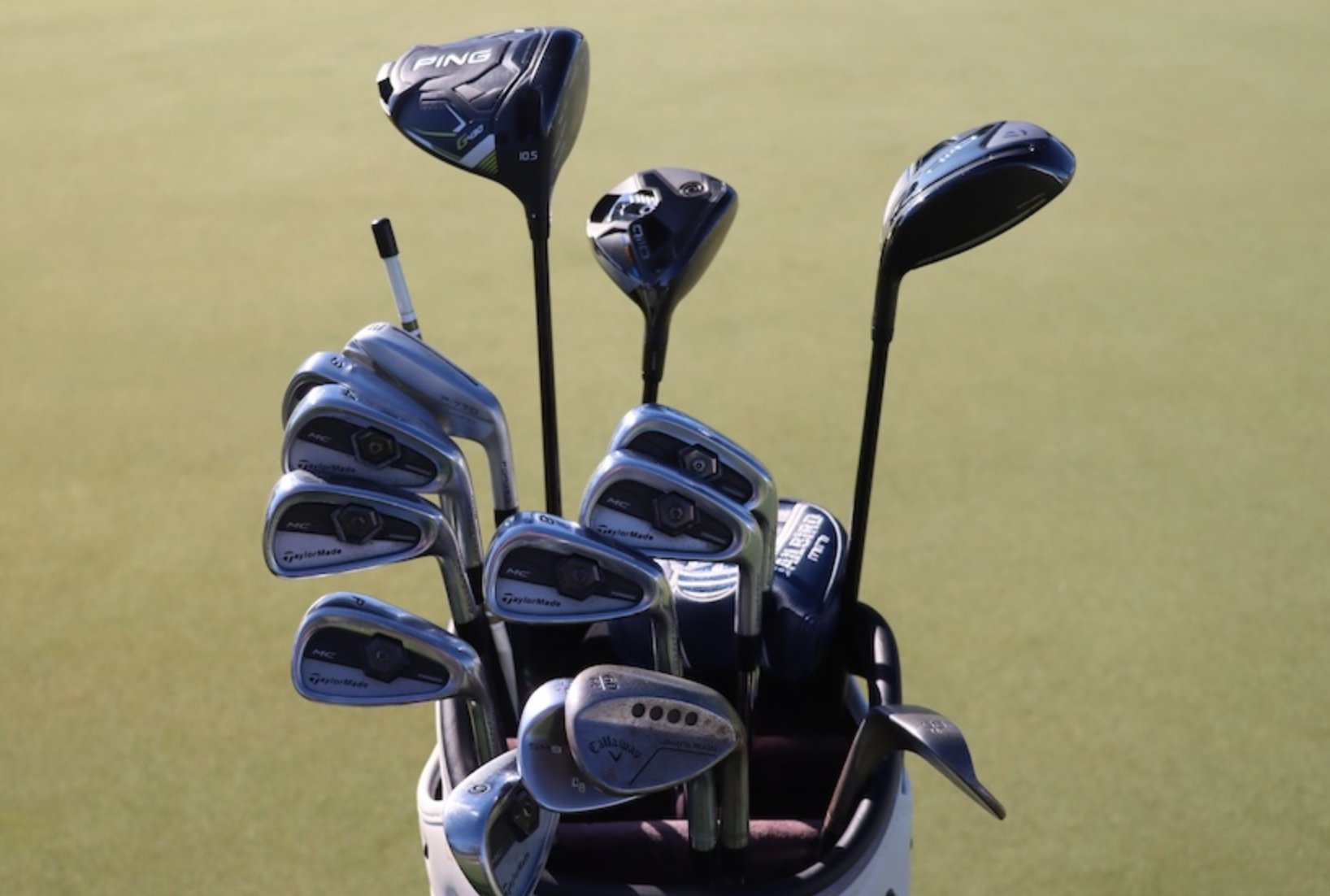
- Daniel Berger what’s in the bag accurate as of the Farmers Insurance Open. More photos from the event here.
Driver: Ping G430 LST (10.5 degrees)
Shaft: Fujikura Ventus Black 6 X
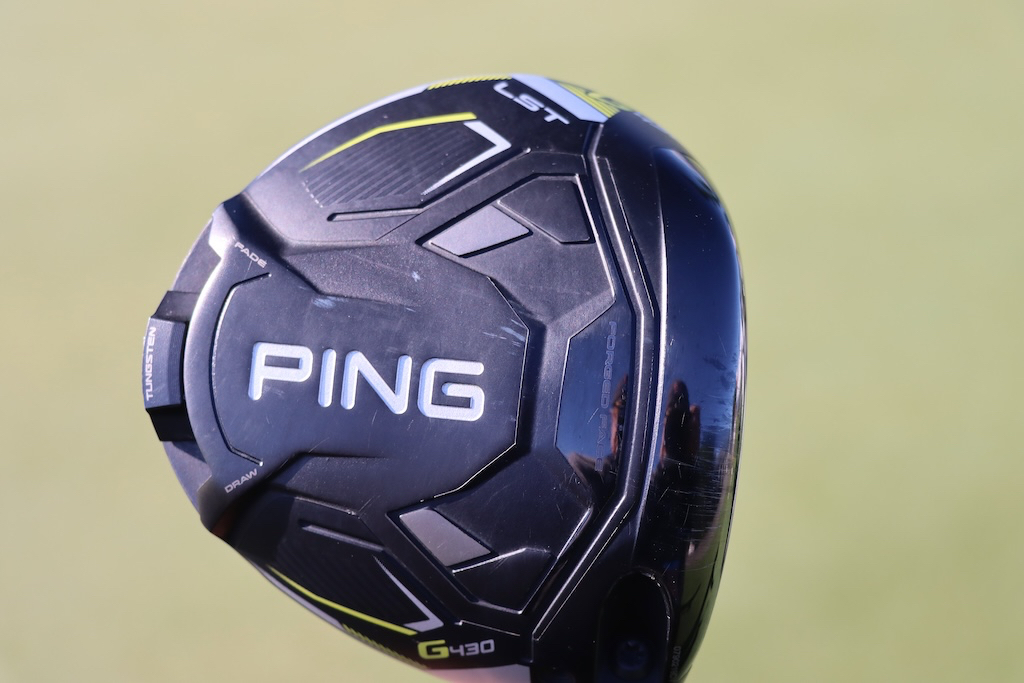
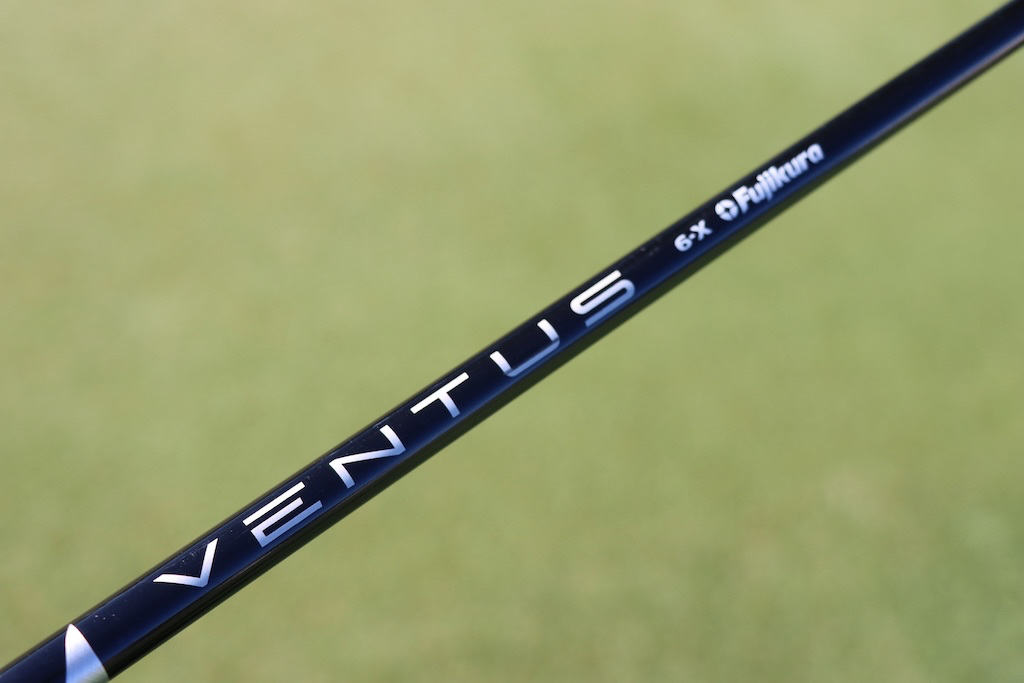
3-wood: TaylorMade Qi10 (15 degrees)
Shaft: Fujikura Ventus Black 7 X
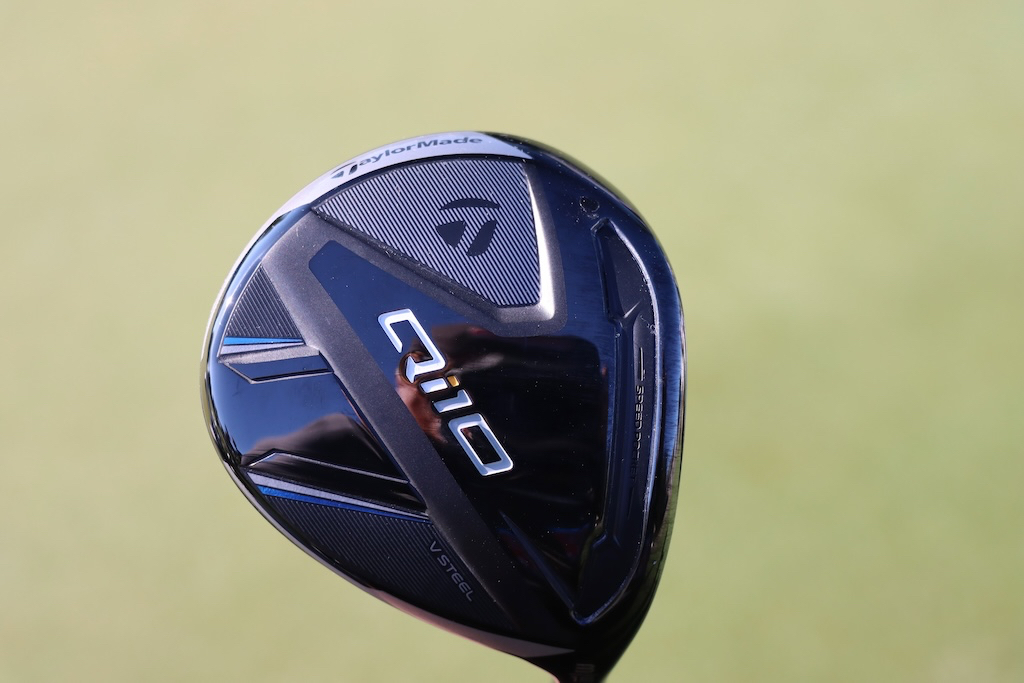
6-wood: TaylorMade Qi10 Tour (21 degrees)
Shaft: Fujikura Ventus Black 8 X
Irons: TaylorMade P770 (3), TaylorMade Tour Preferred MC 2011 (4-PW)
Shafts: Project X Denali Blue 105 TX (3), Project X 6.5 (4-PW)
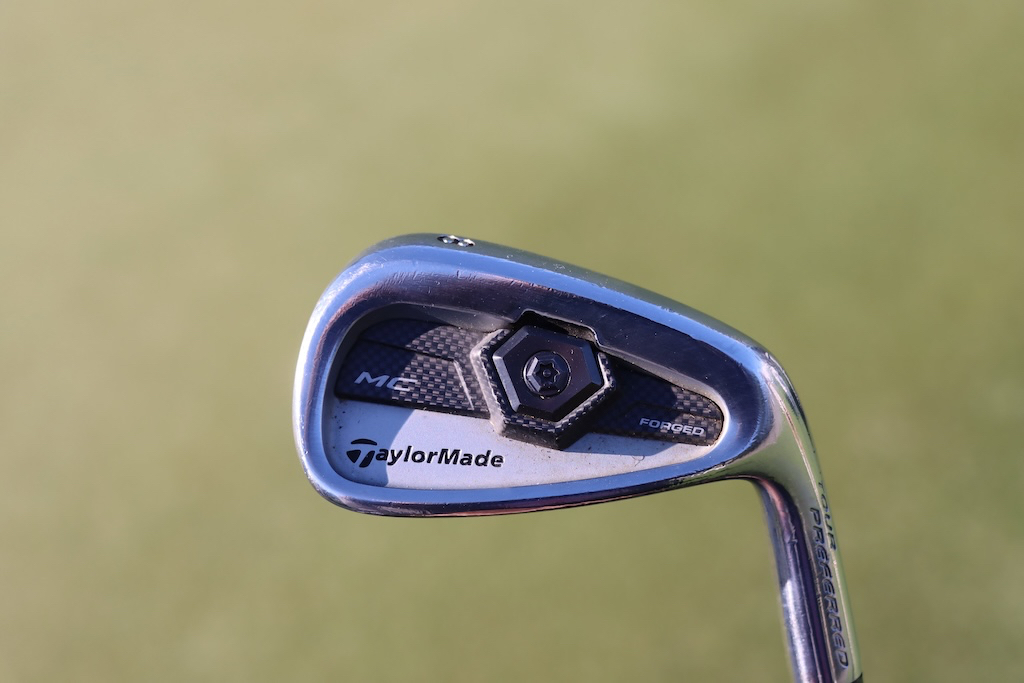

Wedges: Titleist Vokey Design SM9 (50-12F), Titleist Vokey Design SM10 (56-14F), Callaway Jaws Raw (60-08C)
Shafts: Project X 6.5 (50), True Temper Dynamic Gold Tour Issue S400 (56, 60)
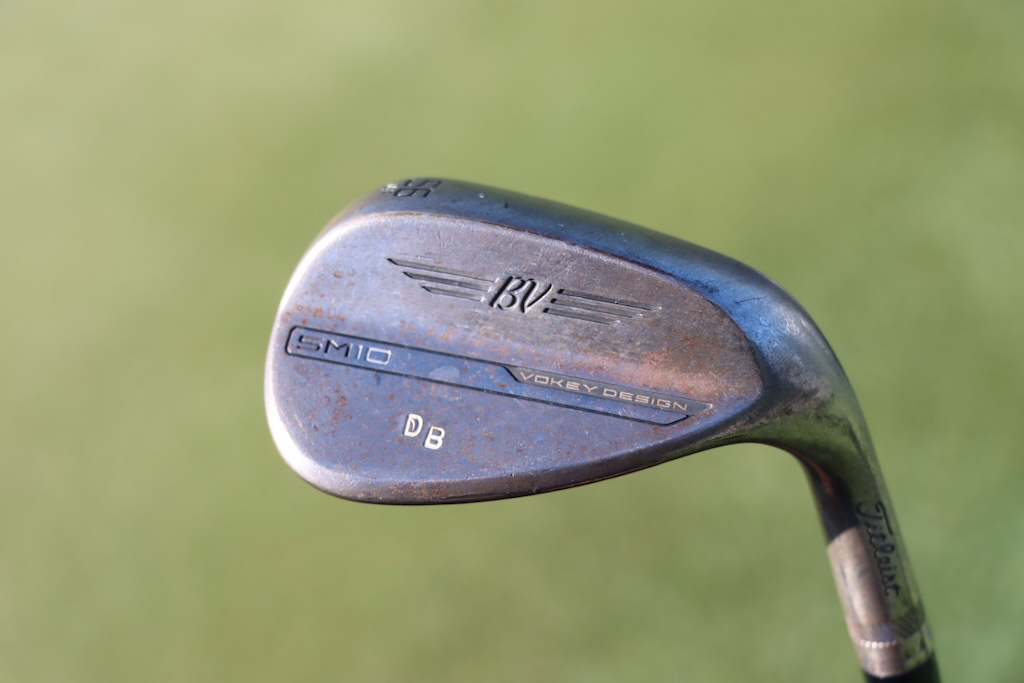
Putter: Odyssey Ai-One Jailbird Mini DB
Grip: SuperStroke Zenergy PistolLock 1.0
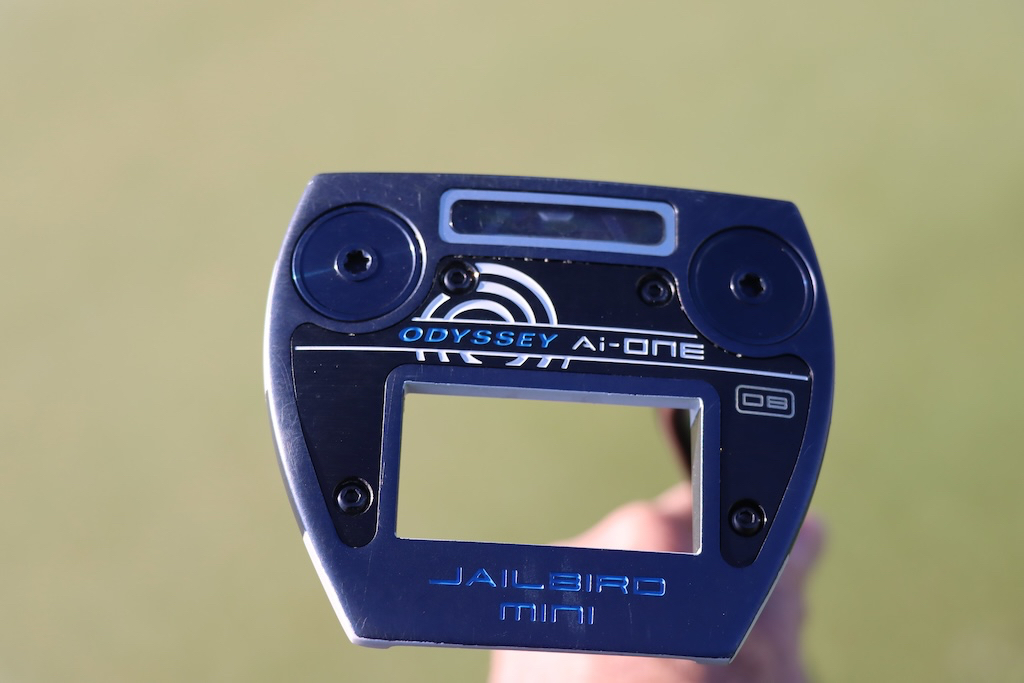

Grips: Golf Pride Tour Wrap
Ball: Titleist Pro V1
Check out more in-hand photos of Daniel Berger’s clubs in the forums.
- LIKE1
- LEGIT0
- WOW0
- LOL1
- IDHT0
- FLOP0
- OB0
- SHANK0
Equipment
Heavy Artillery: A look at drivers in play at the Zurich Classic of New Orleans
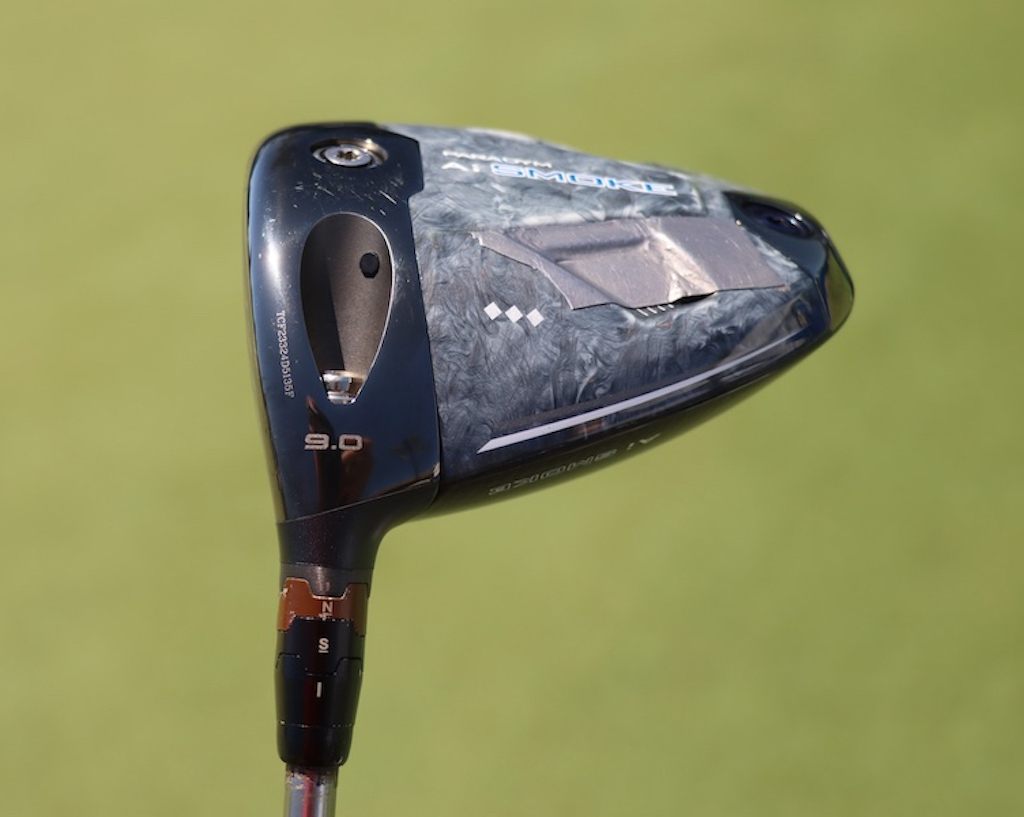
What are the driver and shaft combinations of the best golfers in the world? For gearheads, it’s an endlessly interesting question — even if we can only ever aspire to play LS heads and 7 TX shafts.
At this week’s Zurich Classic of New Orleans, GolfWRX got in-hand looks at the driver setups of a wealth of players.
Check out some of the most interesting combos below, then head to the GolfWRX forums for the rest, as well as the rest of our galleries from New Orleans.
Rory McIlroy
Driver: TaylorMade Qi10 (9 degrees @8.25)
Shaft: Fujikura Ventus Black 6 X
Grip: Golf Pride MCC
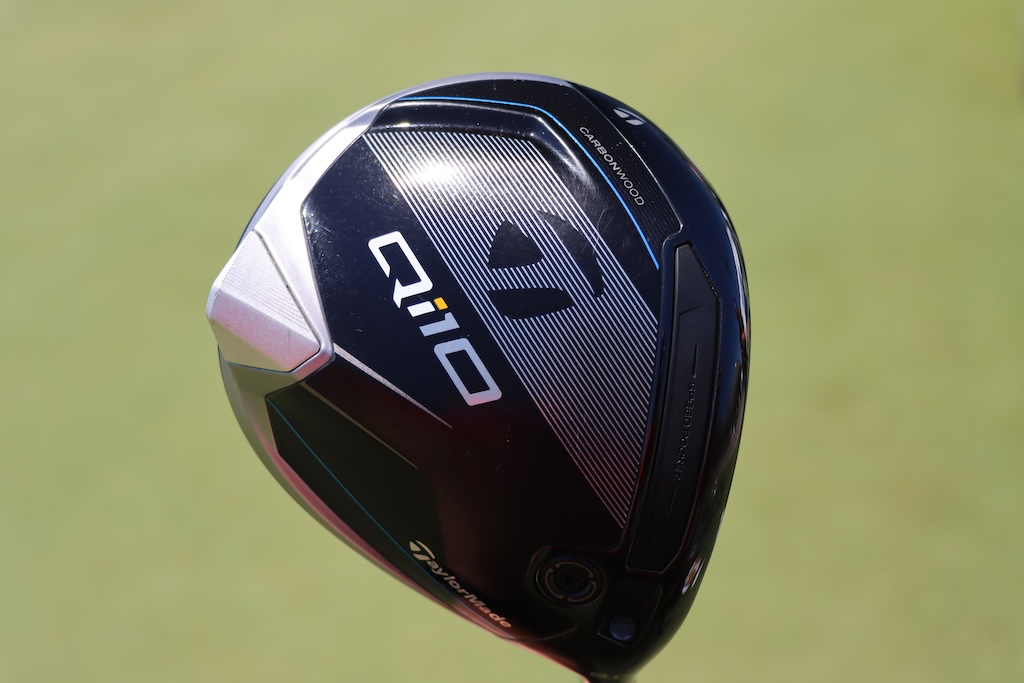
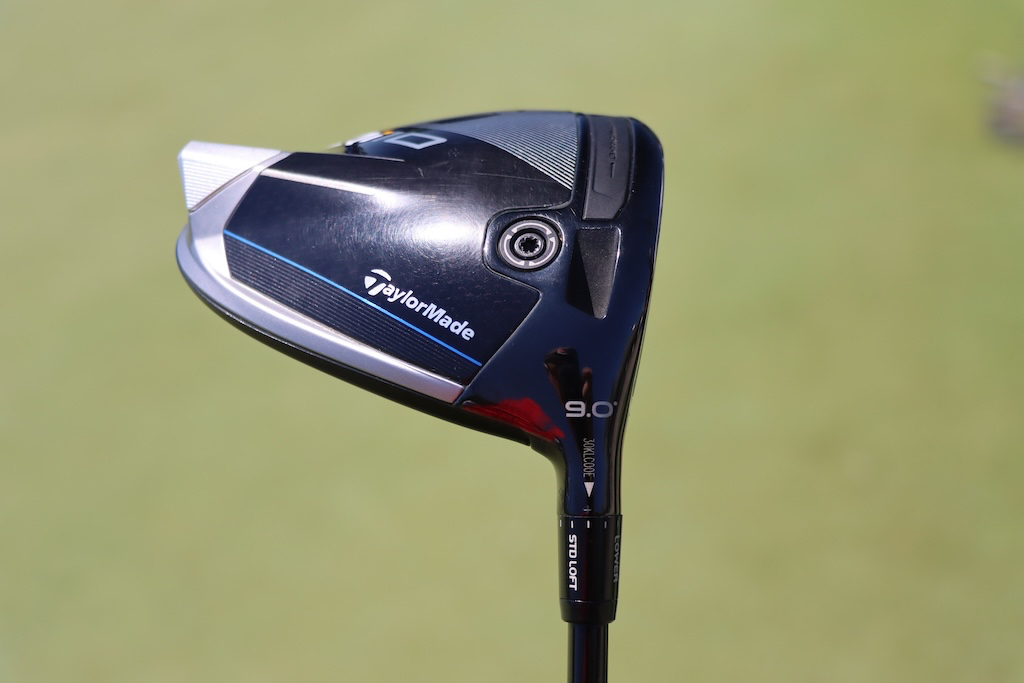
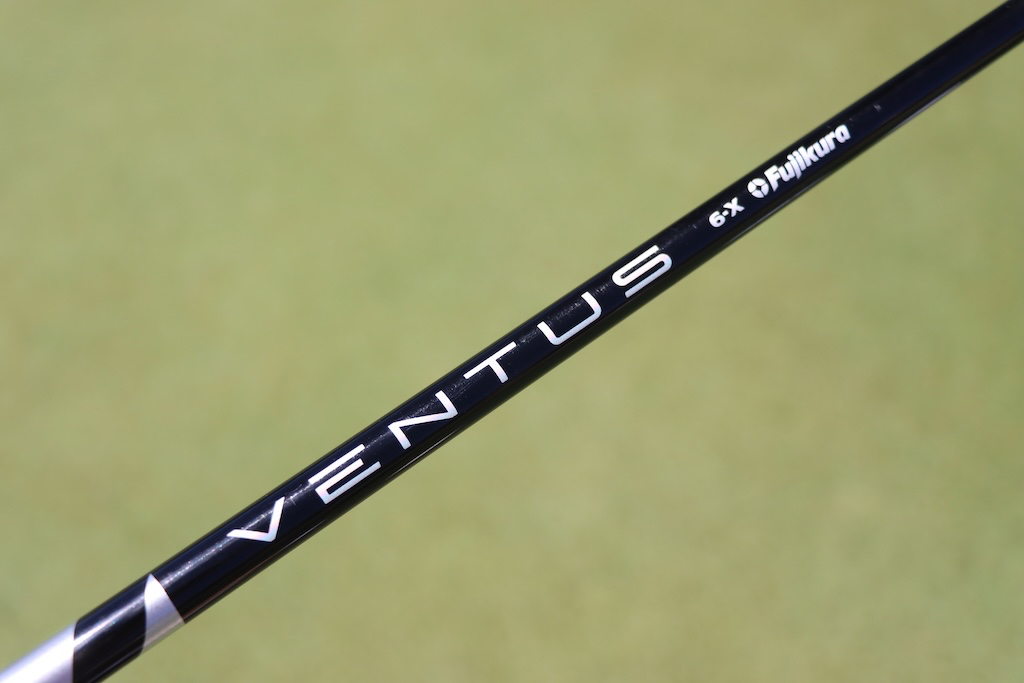

Alex Fitzpatrick
Driver: Ping G430 LST (10.5 degrees)
Shaft: Fujikura Ventus Black 6 X
Grip: Golf Pride MCC
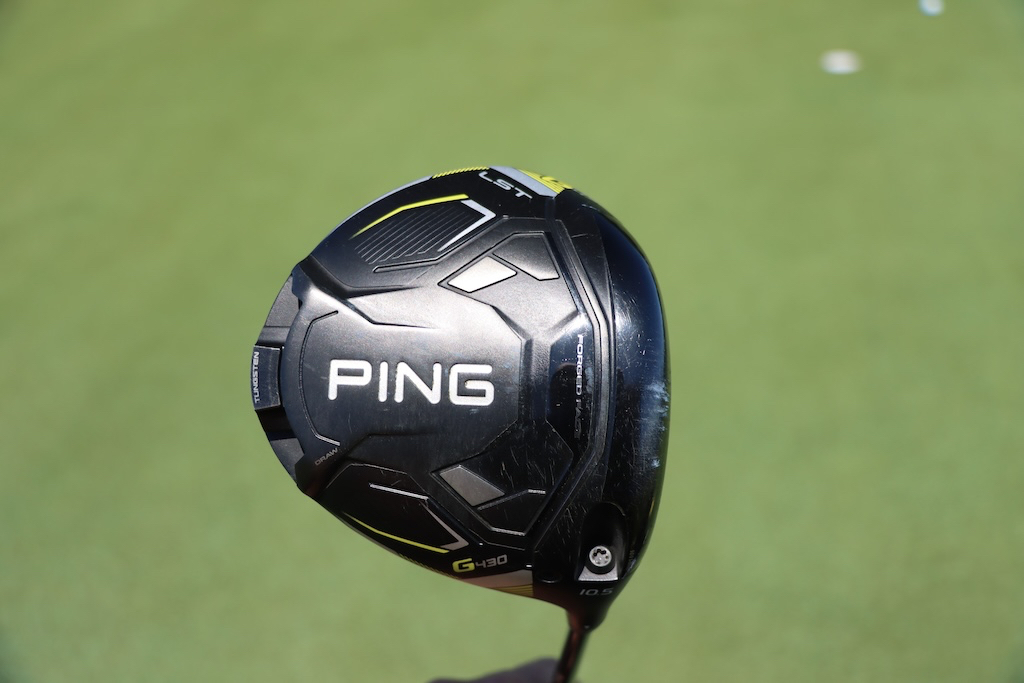
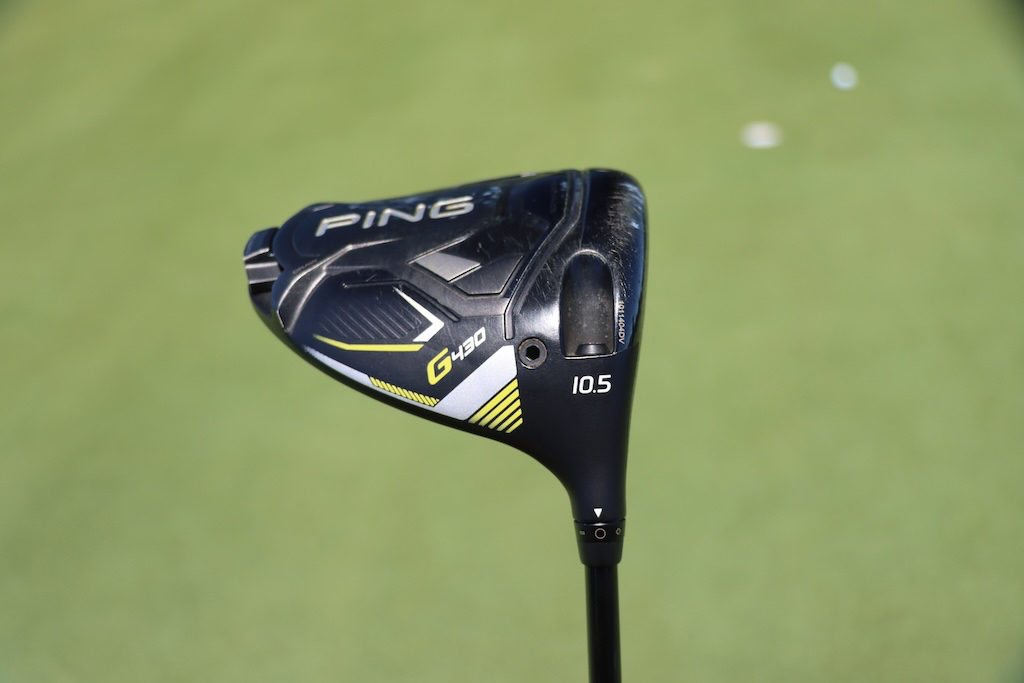

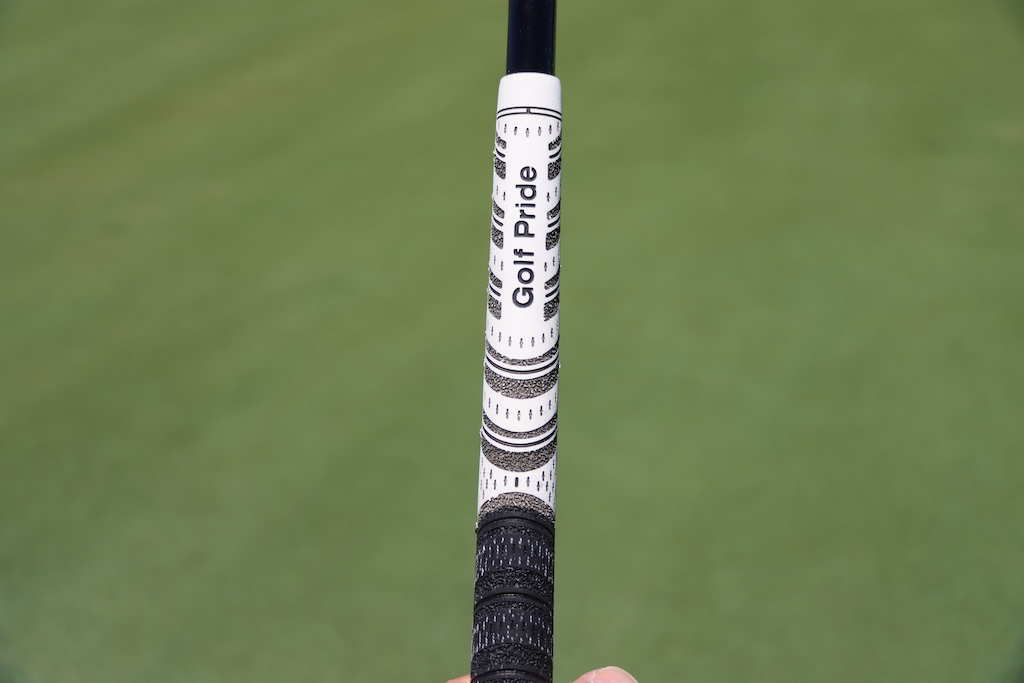
Daniel Berger
Driver: Ping G430 LST (10.5 degrees @9)
Shaft: Fujikura Ventus Black 6 X
Grip: Golf Pride Tour Wrap
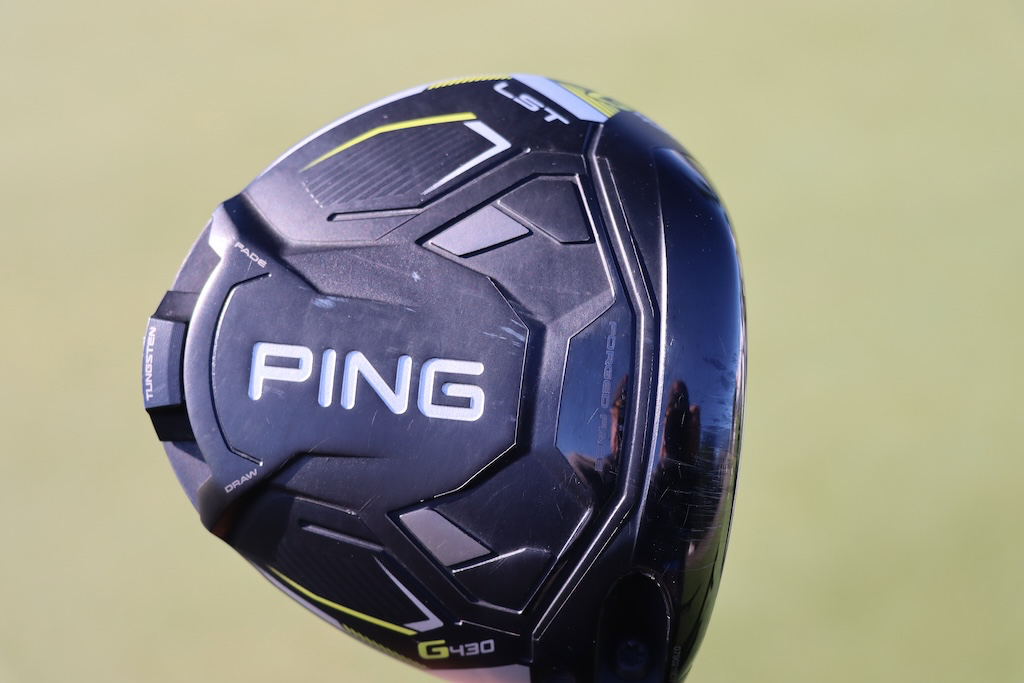
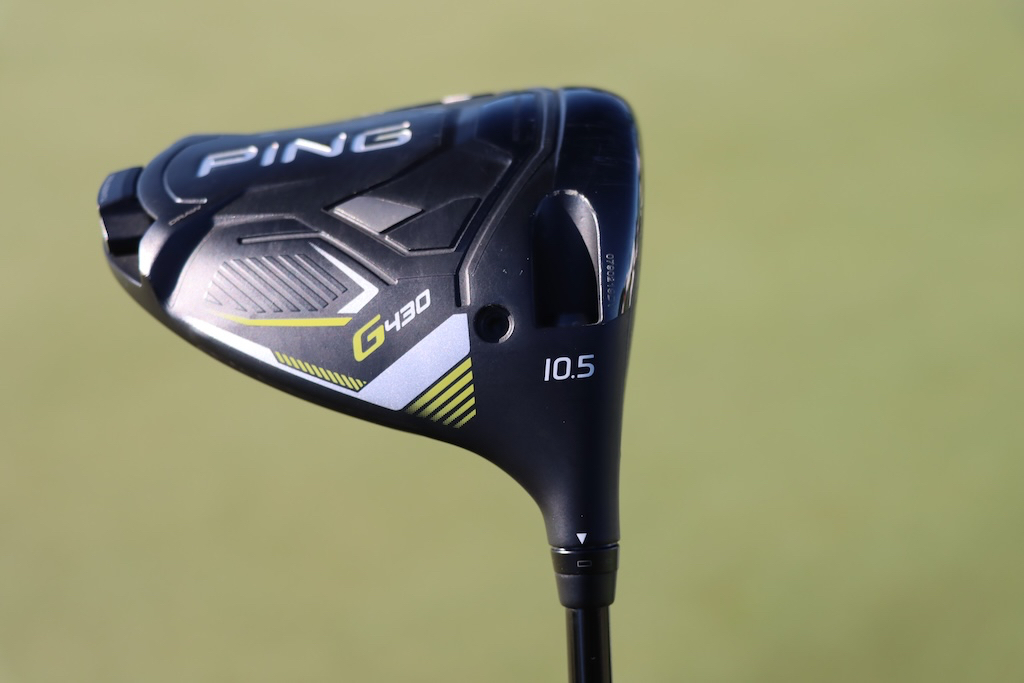
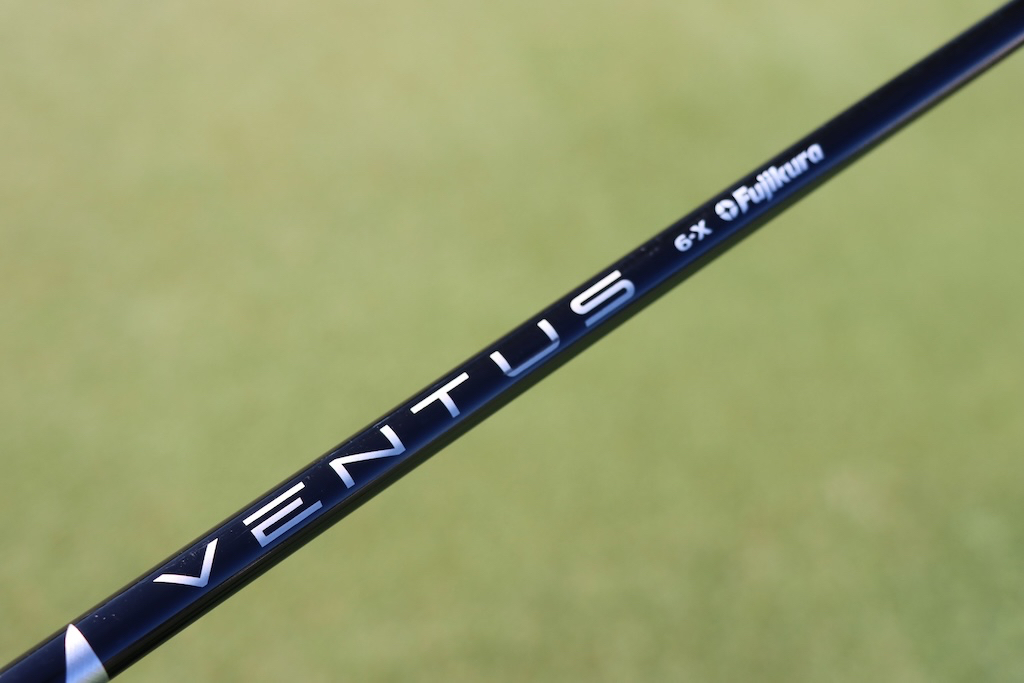
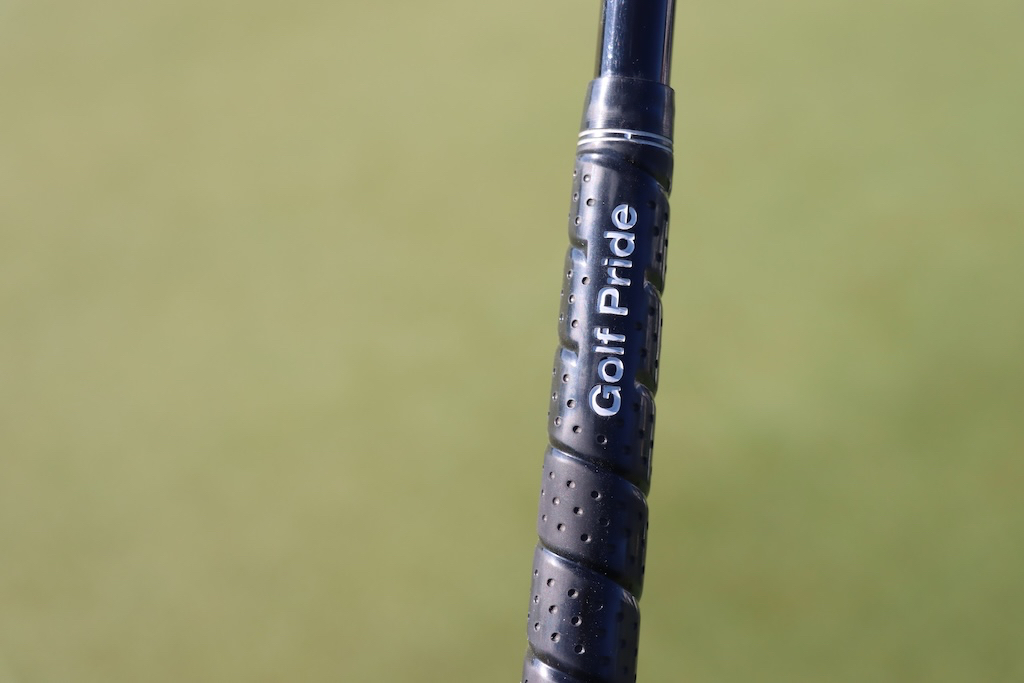
Rasmus Hojgaard
Driver: Callaway Paradym Ai Smoke Triple Diamond (10.5 degrees)
Shaft: Mitsubishi Tensei 1K Blue 60 TX
Grip: Golf Pride MCC
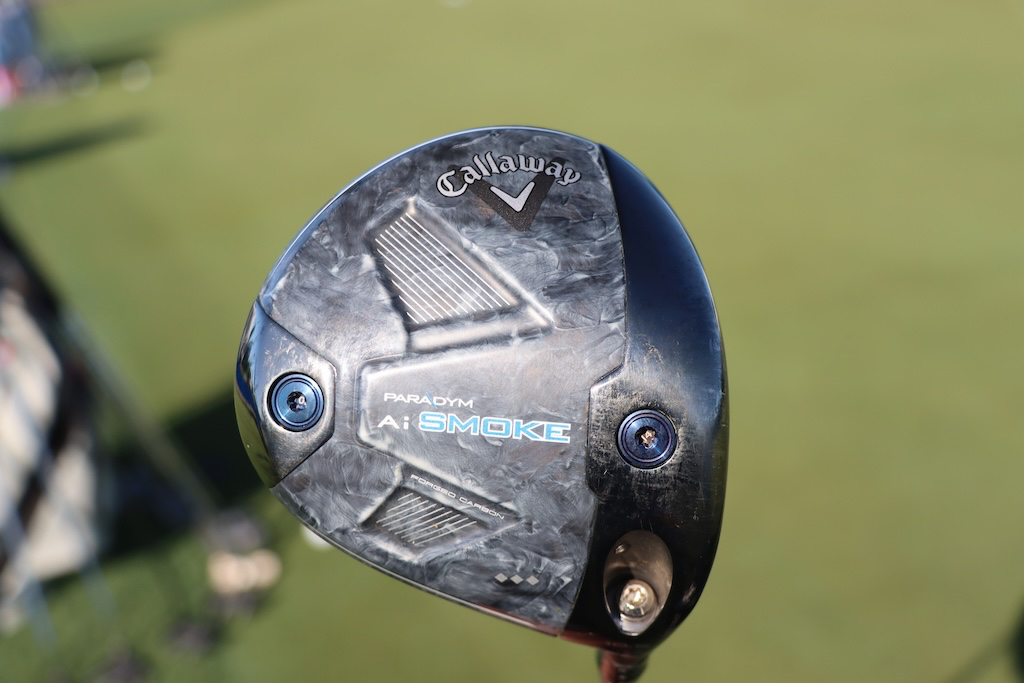
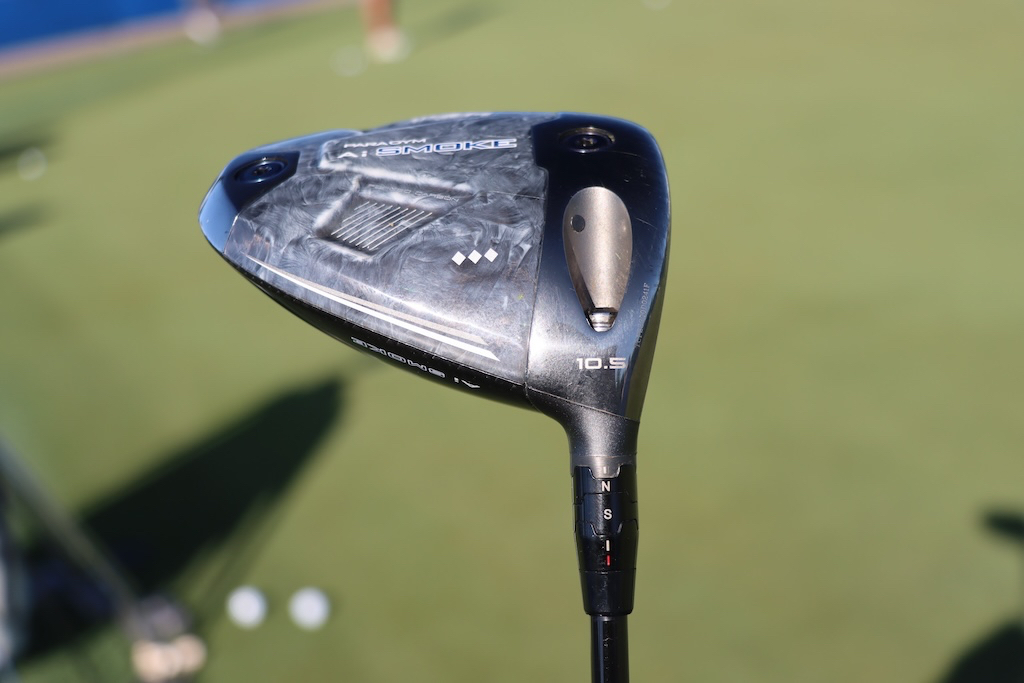
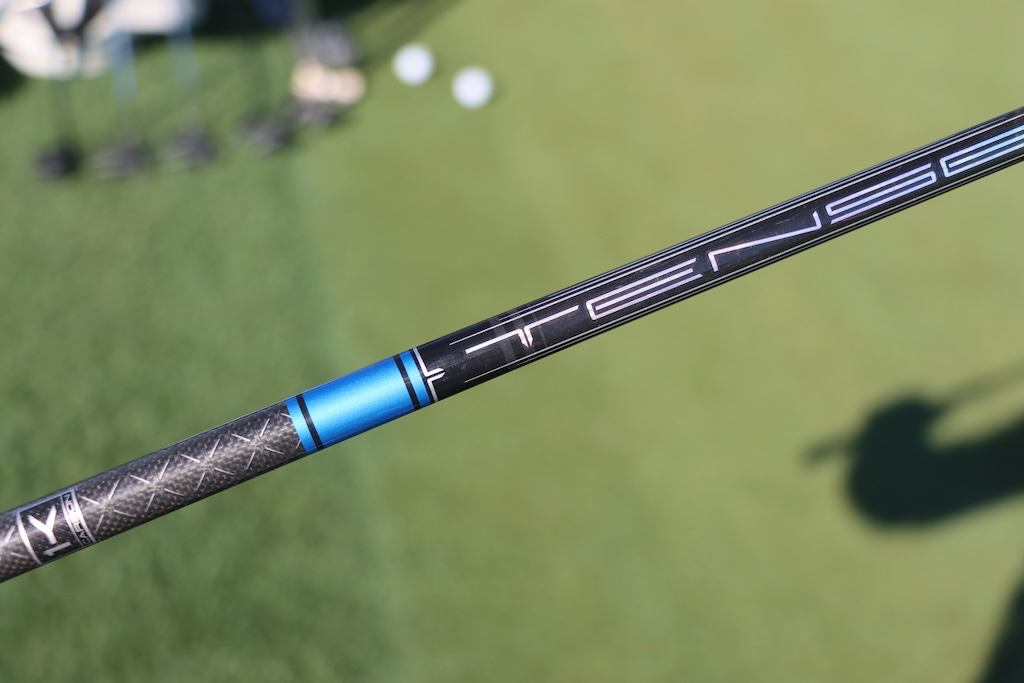
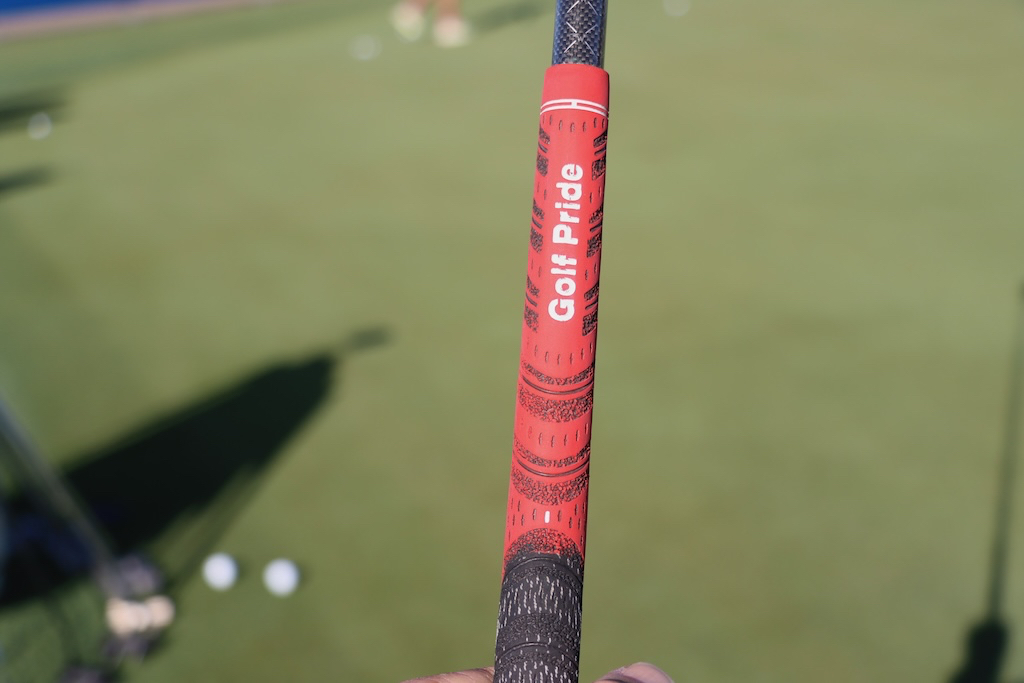
Alejandro Tosti
Driver: Srixon ZX5 Mk II LS (9.5 degrees @10.5)
Shaft: Project X HZRDUS T1100 75 6.5
Grip: Golf Pride MCC Plus4
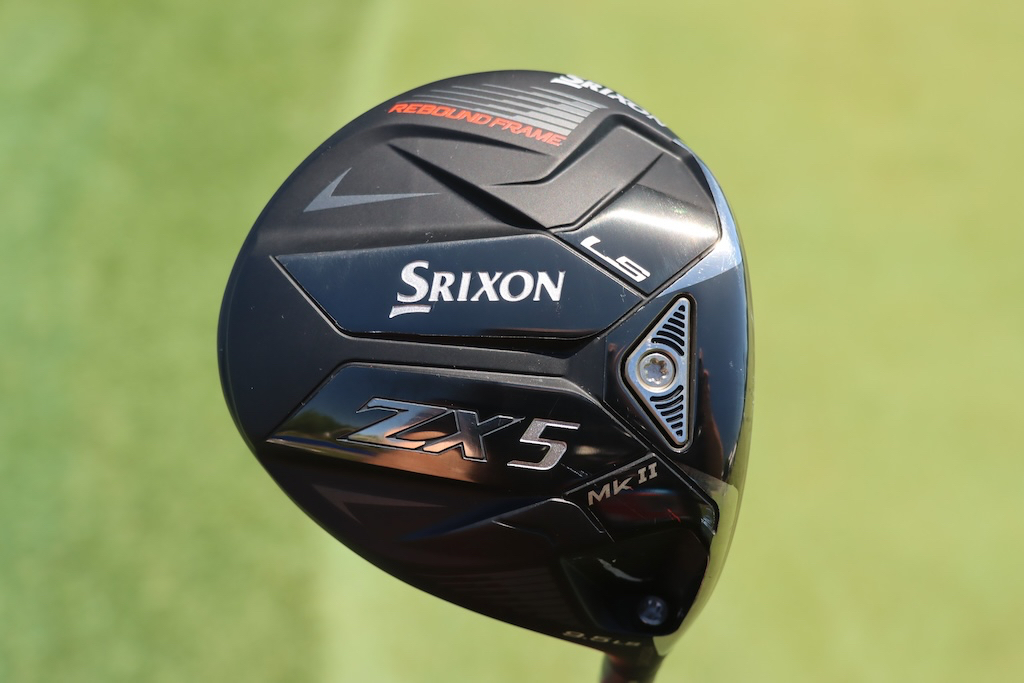

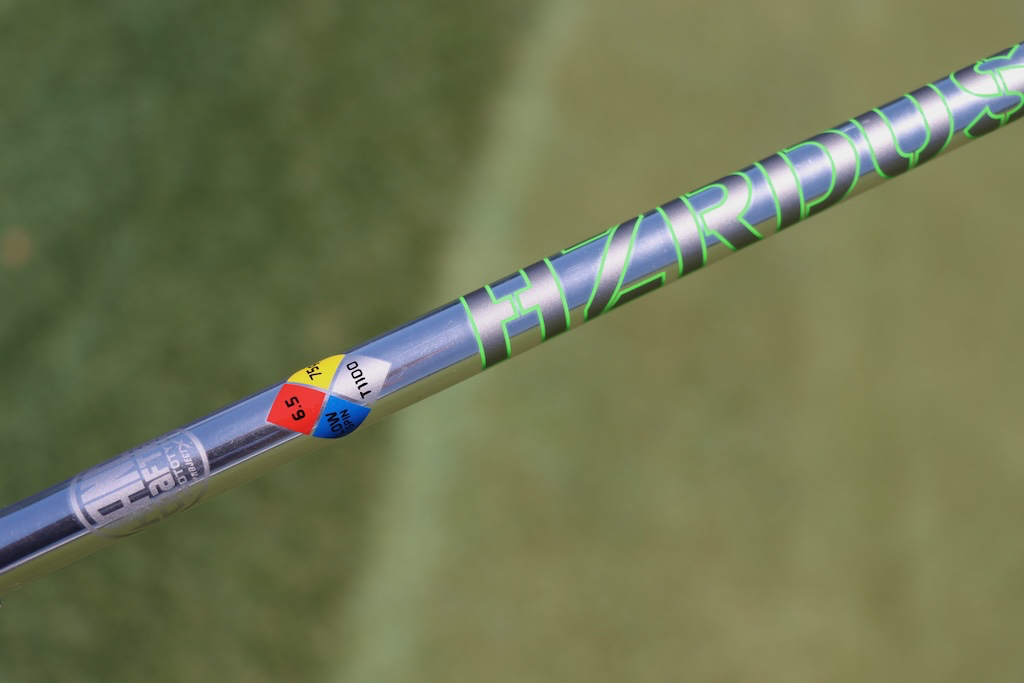

James Nicholas
Driver: Titleist TSR3 (8 degrees, A1 SureFit setting)
Shaft: Fujikura Ventus TR Blue 7 X
Grip: Golf Pride Tour Velvet
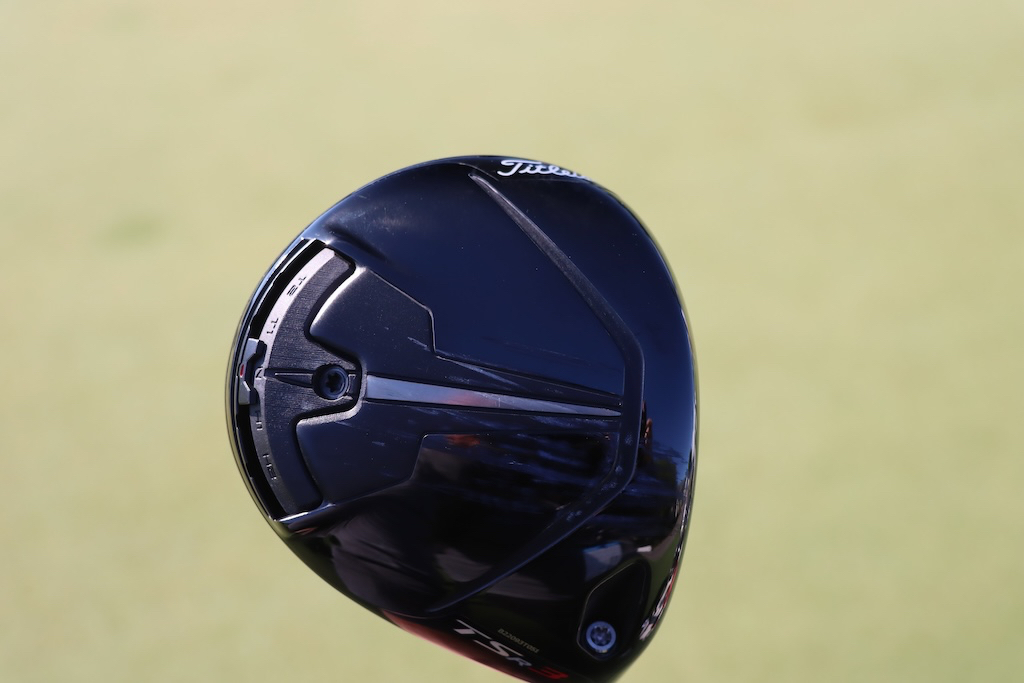

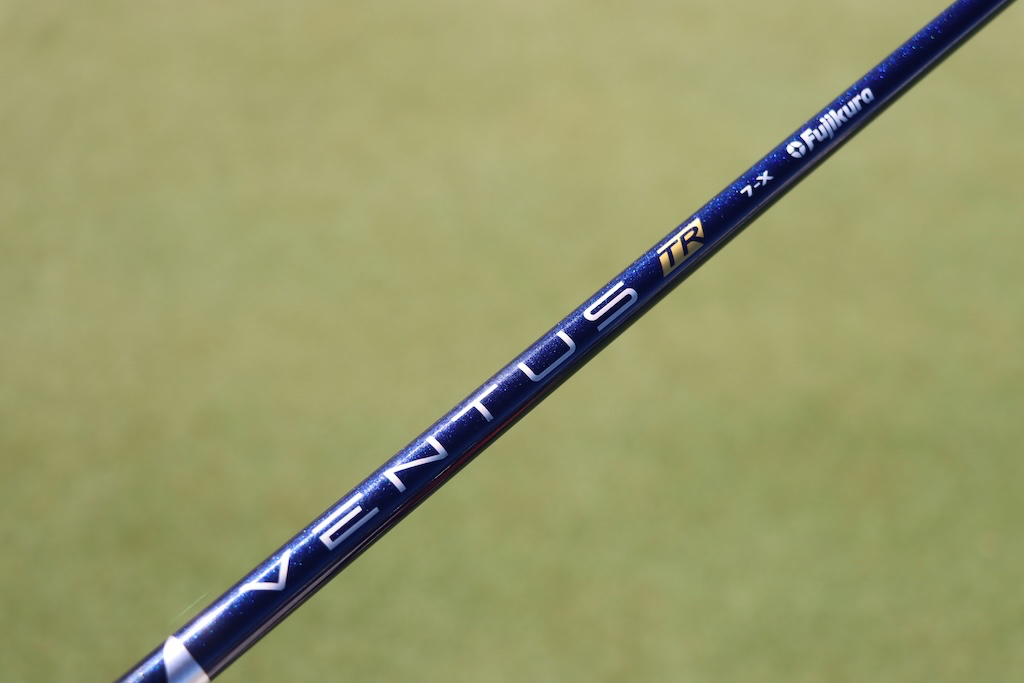

Kevin Streelman
Driver: Titleist TSR3 (10 degrees, D1 SureFit setting)
Shaft: Fujikura Ventus TR Black 6 X
Grip: Golf Pride Tour Velvet
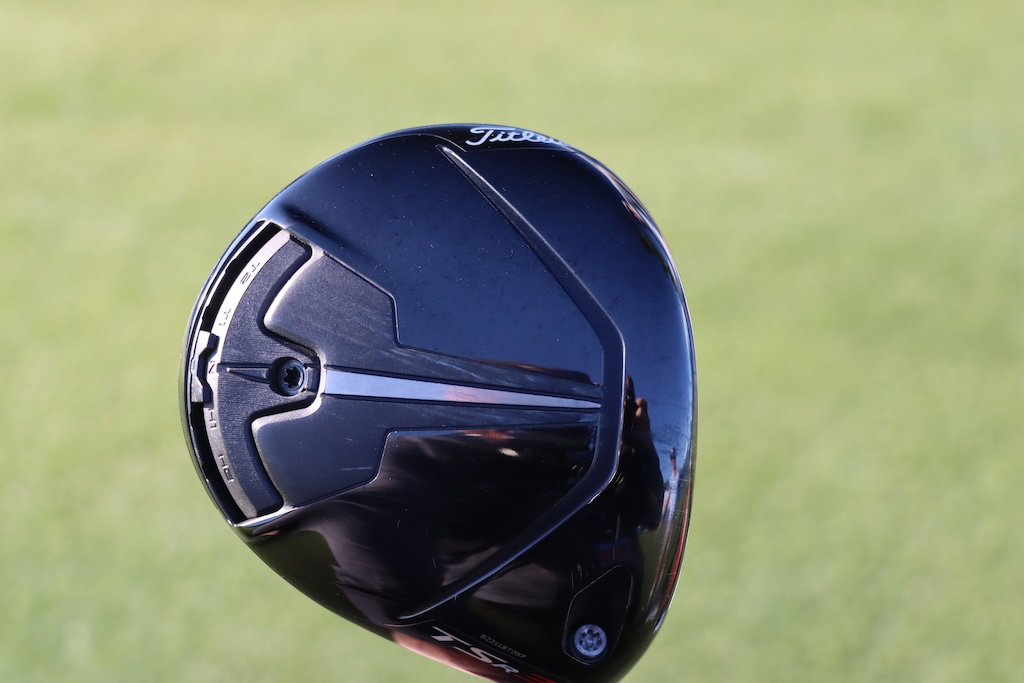



Sang-moon Bae
Driver: Callaway Paradym Triple Diamond (9+ @8)
Shaft: Fujikura Ventus Blue 6 X
Grip: Golf Pride Tour Velvet
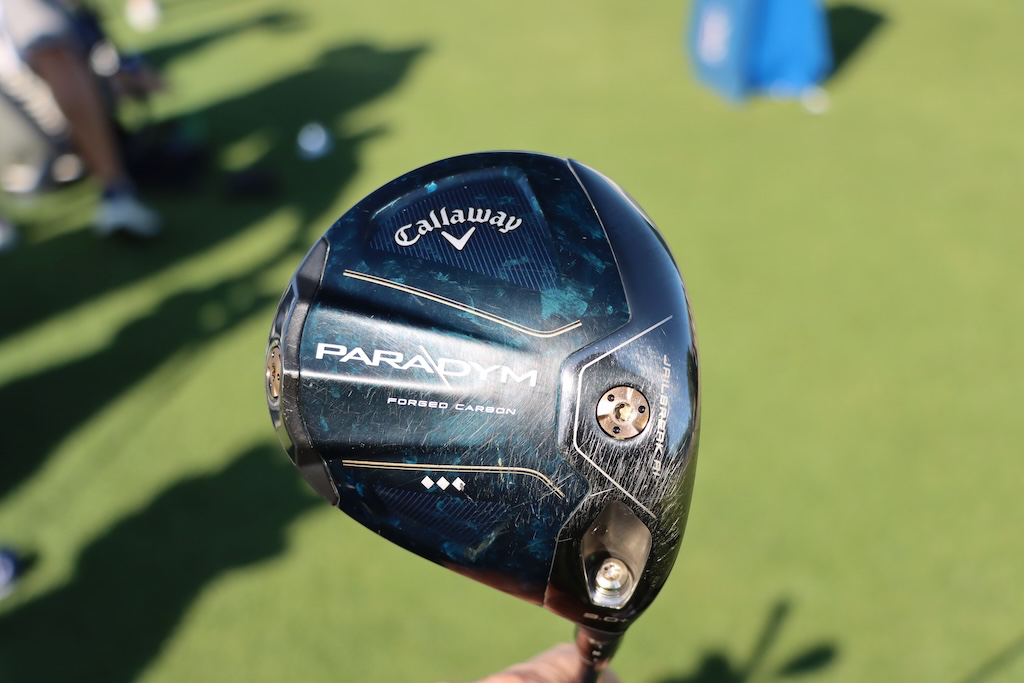
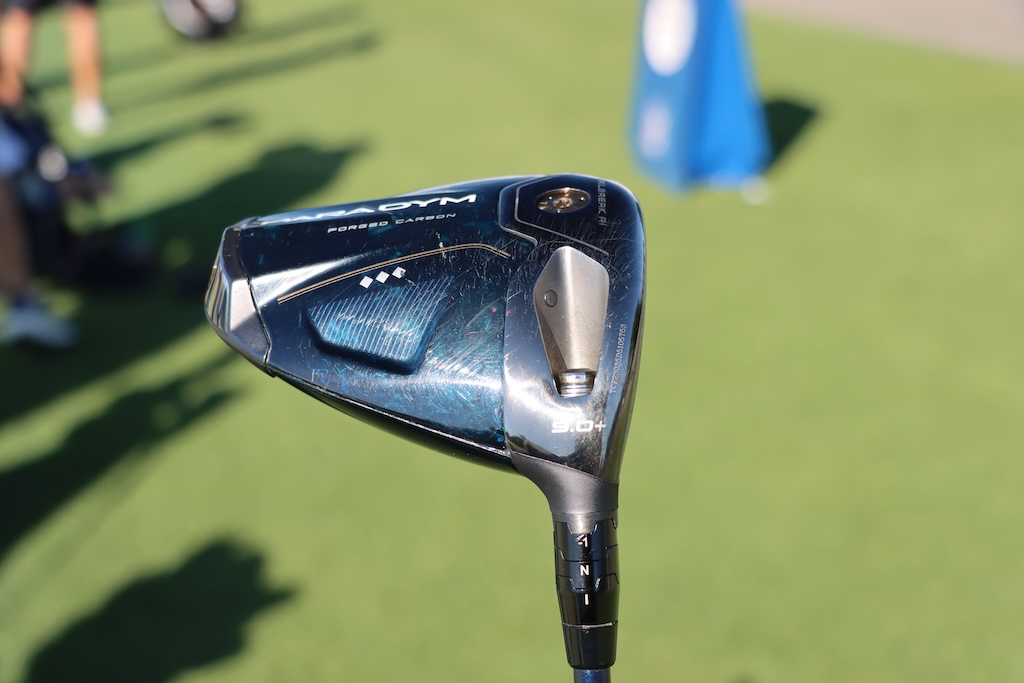
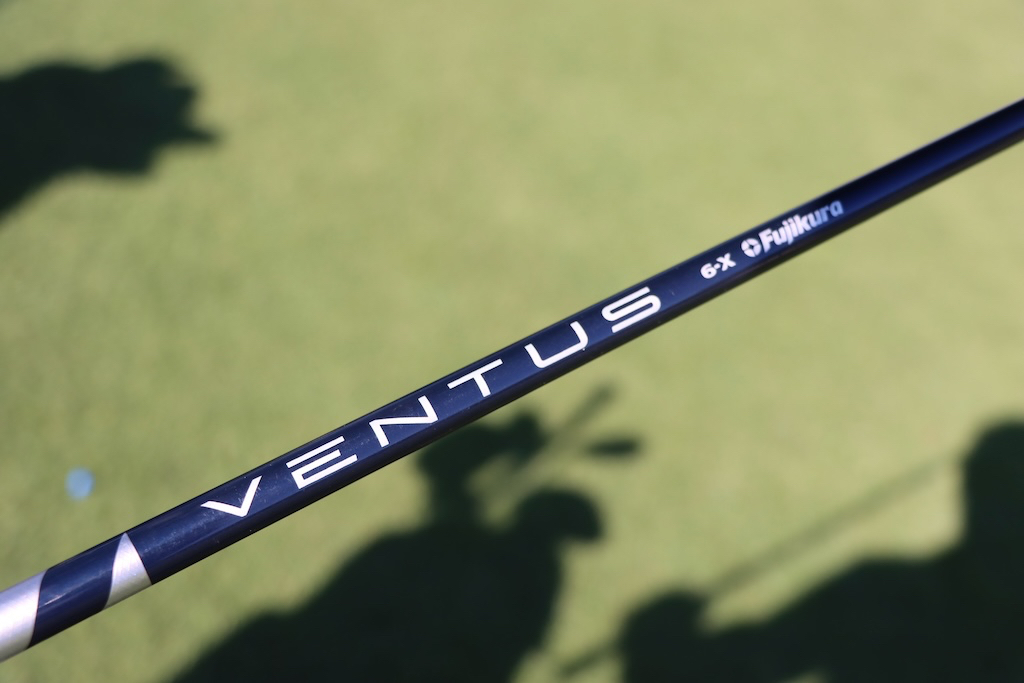
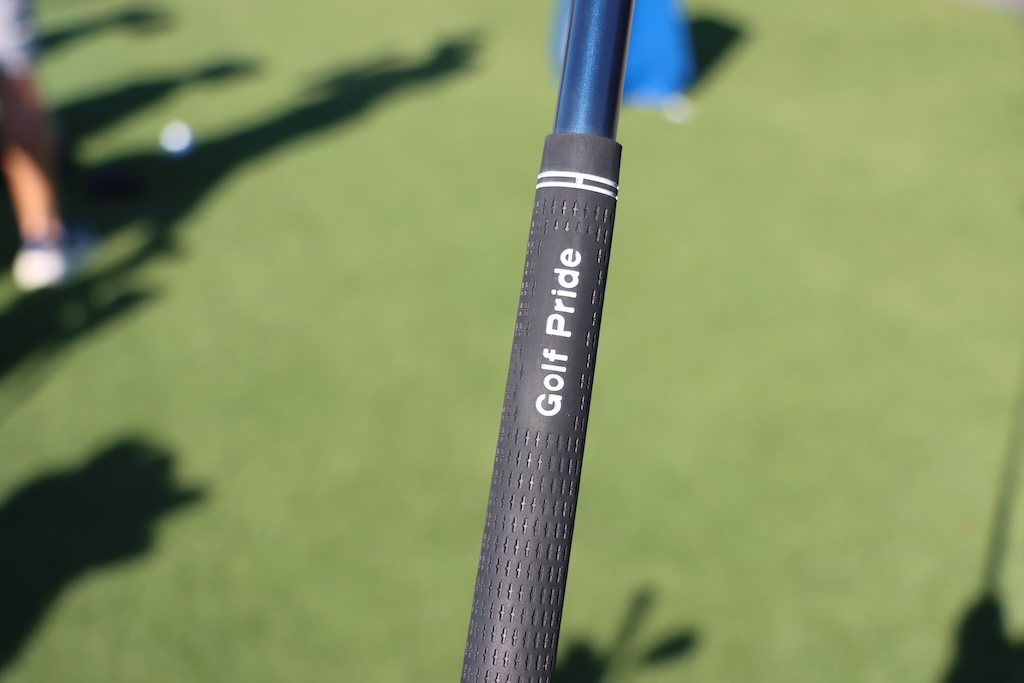
Russ Cochran
Driver: Callaway Paradym Ai Smoke (9 degrees)
Shaft: Graphite Design Tour AD TP 6 X
Grip: Golf pride MCC Align 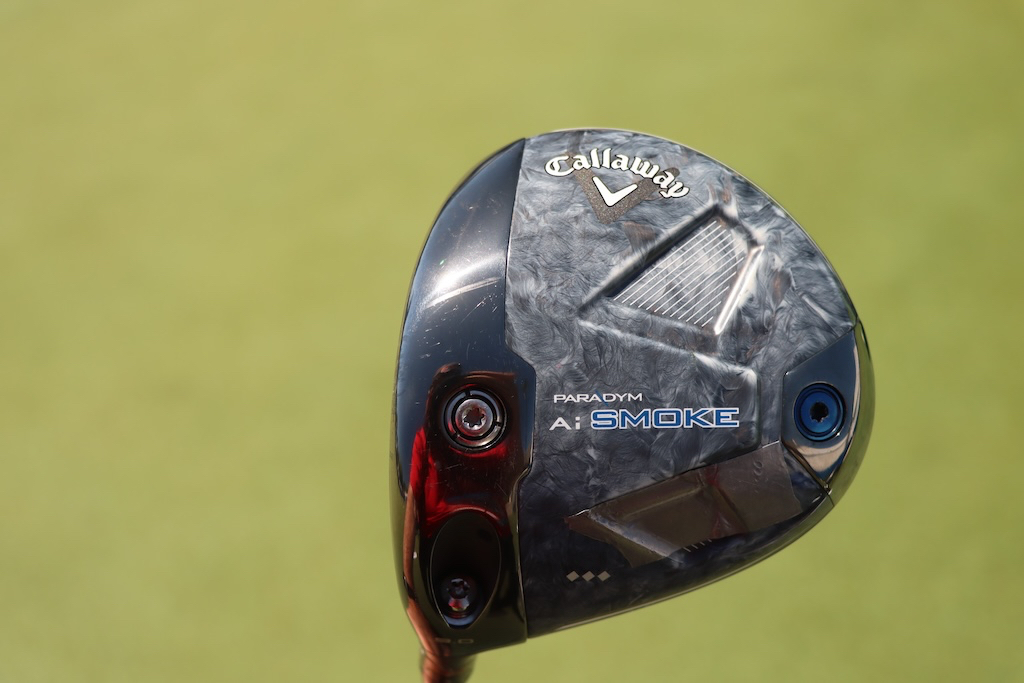
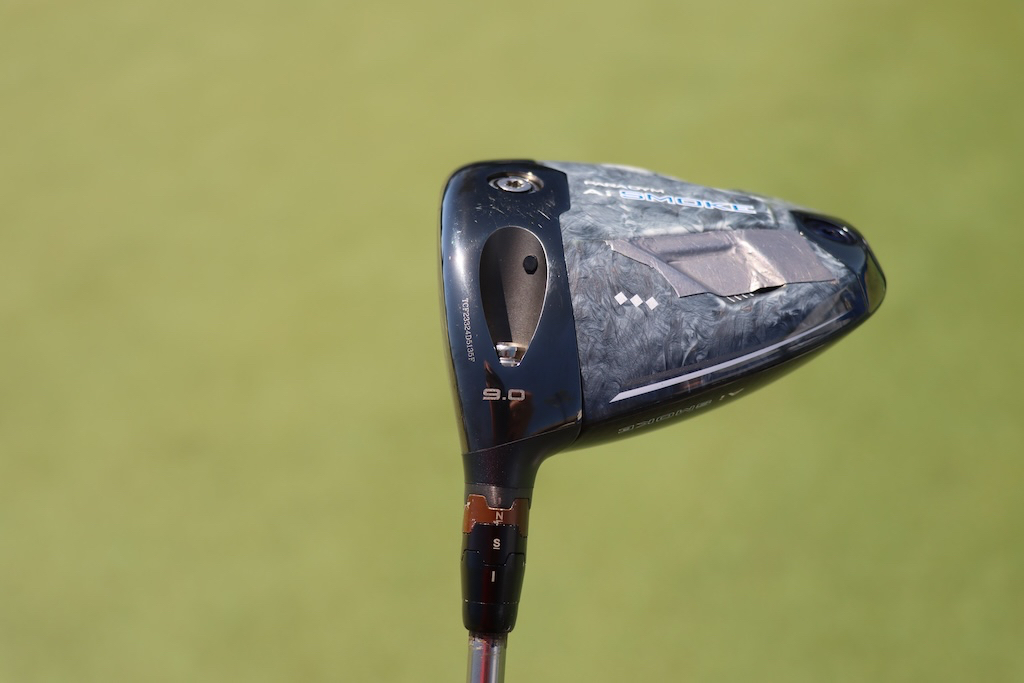

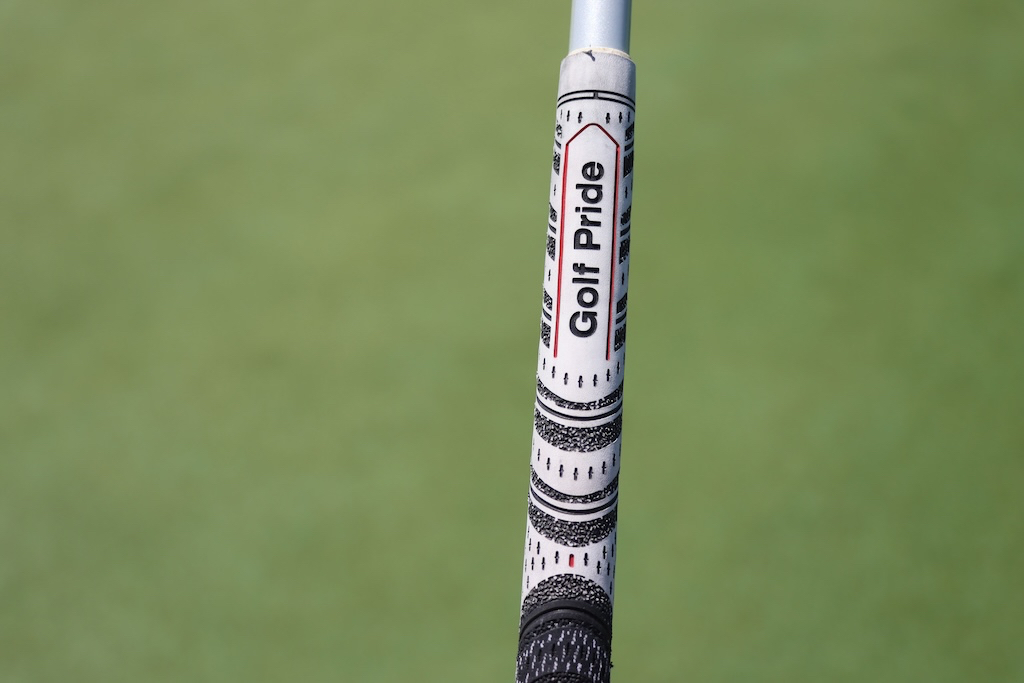
MJ Daffue
Driver: Callaway Paradym Ai Smoke Max (10.5 degrees @9.5)
Shaft: Project X HZRDUS Smoke Green RDX 65 TX
Grip: Golf Pride ZGrip Cord Align
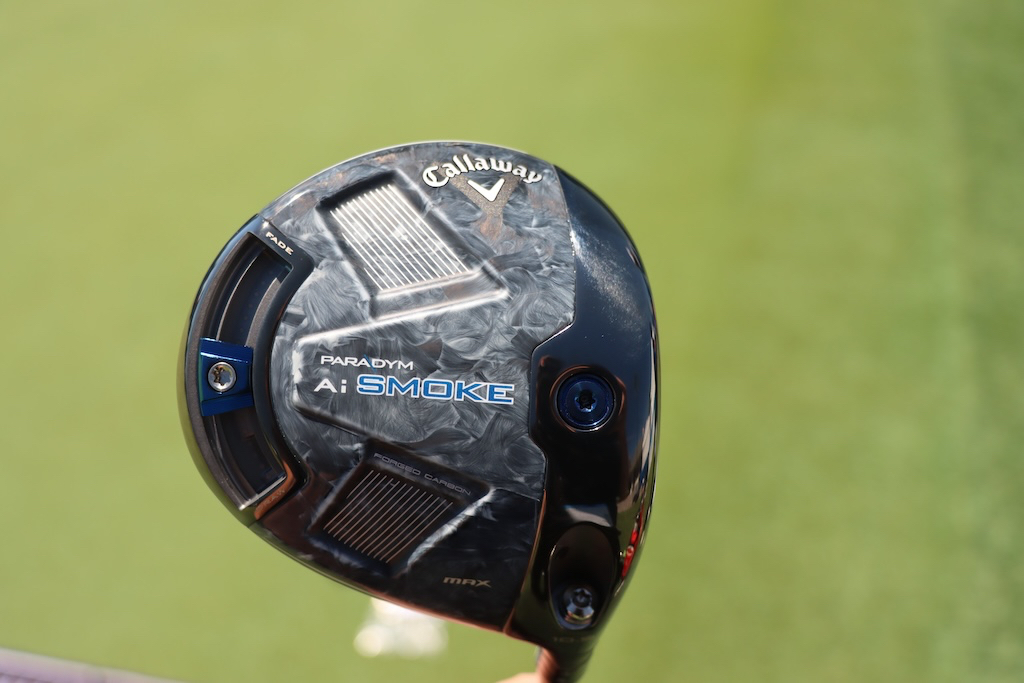

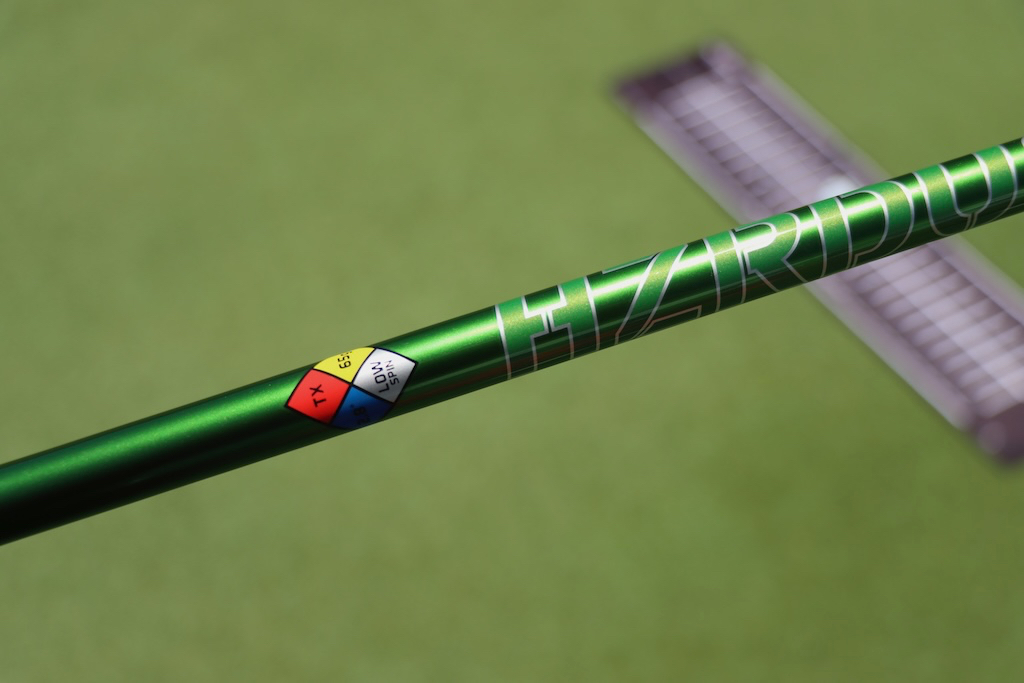
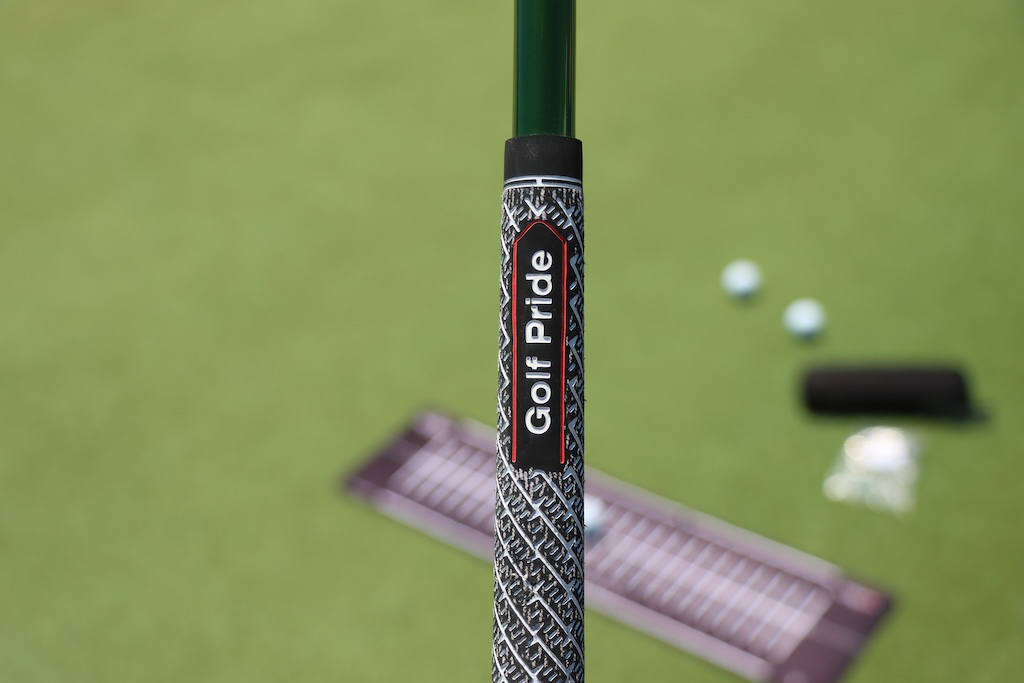
Check our more photos from the Zurich Classic here.
- LIKE0
- LEGIT0
- WOW0
- LOL0
- IDHT0
- FLOP0
- OB0
- SHANK0
Whats in the Bag
Rasmus Højgaard WITB 2024 (April)
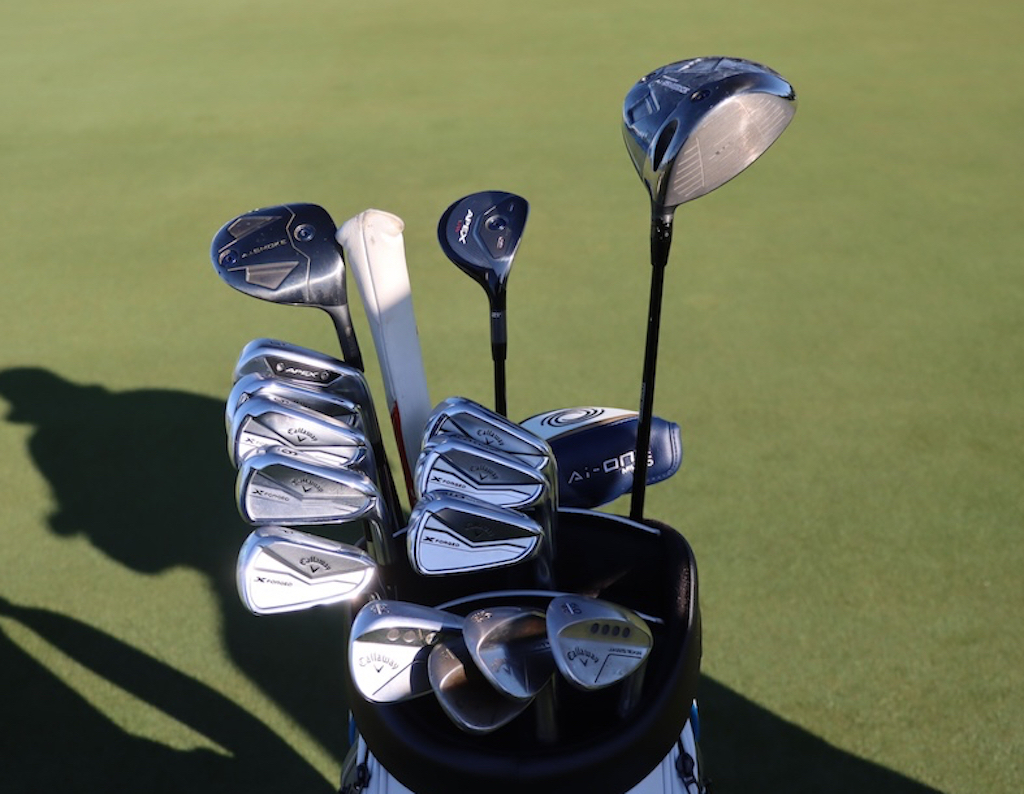
- Rasmus Højgaard what’s in the bag accurate as of the Zurich Classic.
Driver: Callaway Ai Smoke Triple Diamond (10.5 degrees)
Shaft: Mitsubishi Tensei 1K Blue 60 TX
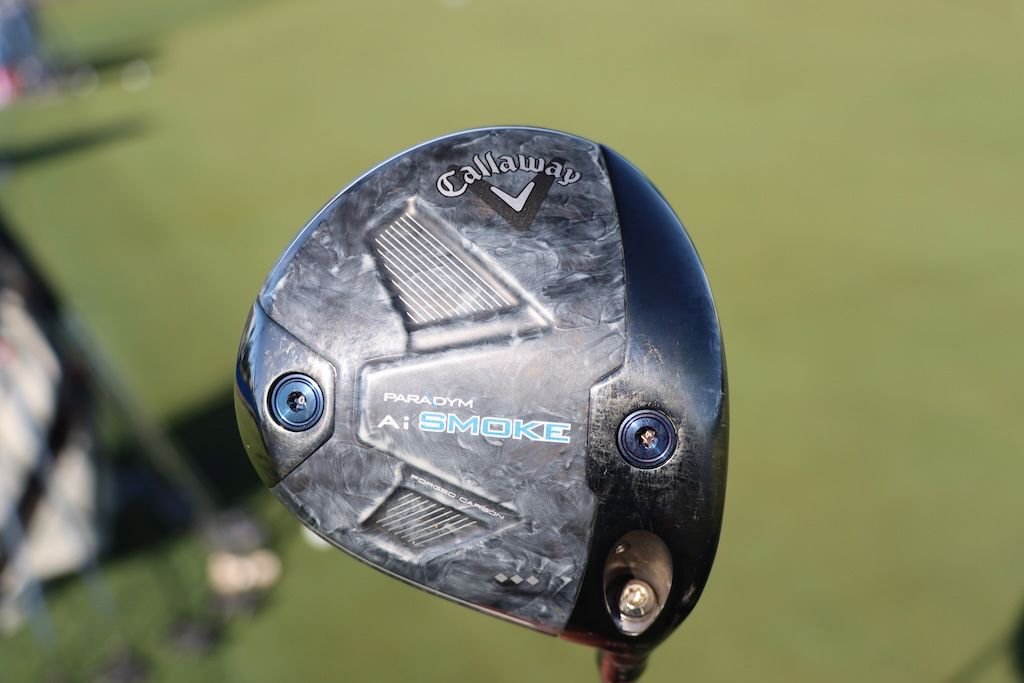
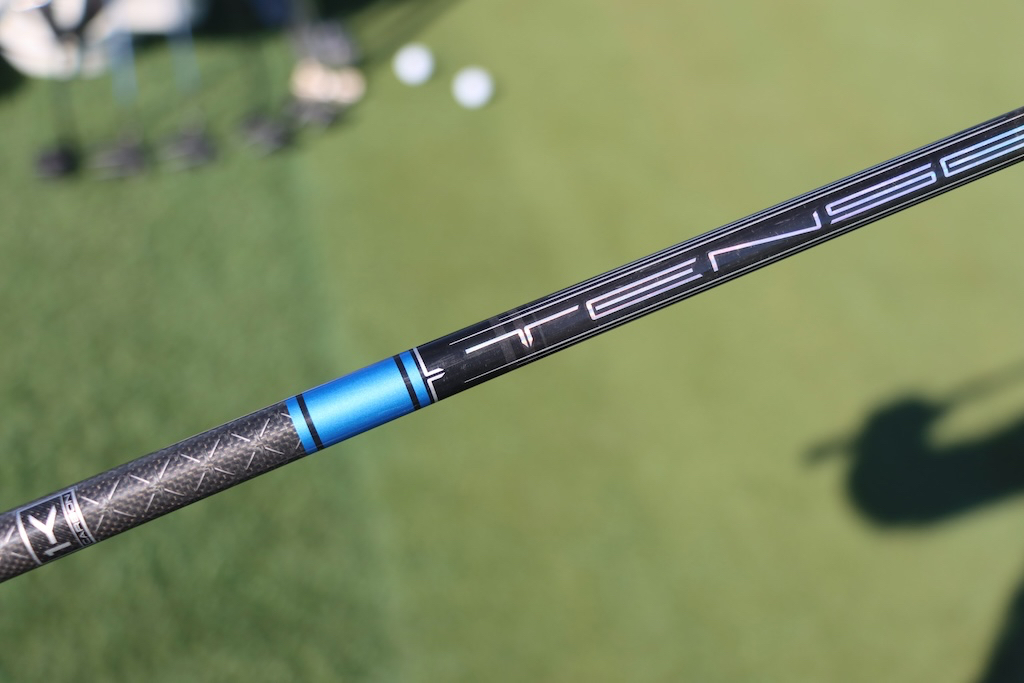
3-wood: Callaway Ai Smoke Triple Diamond Prototype (16.5 degrees)
Shaft: Mitsubishi Tensei 1K White 80 TX
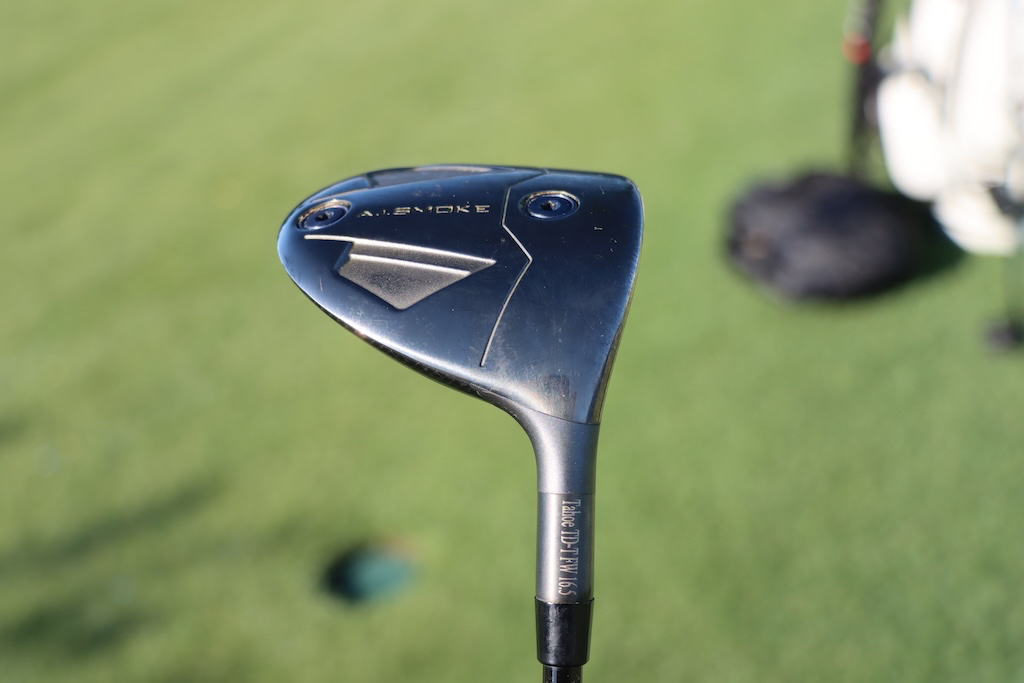
Utility: Callaway Apex UW (21 degrees)
Shaft: Mitsubishi Tensei AV Raw White 85 TX
Irons: Callaway Apex Pro (3), Callaway X Forged (4-PW)
Shafts: KBS $-Taper 130
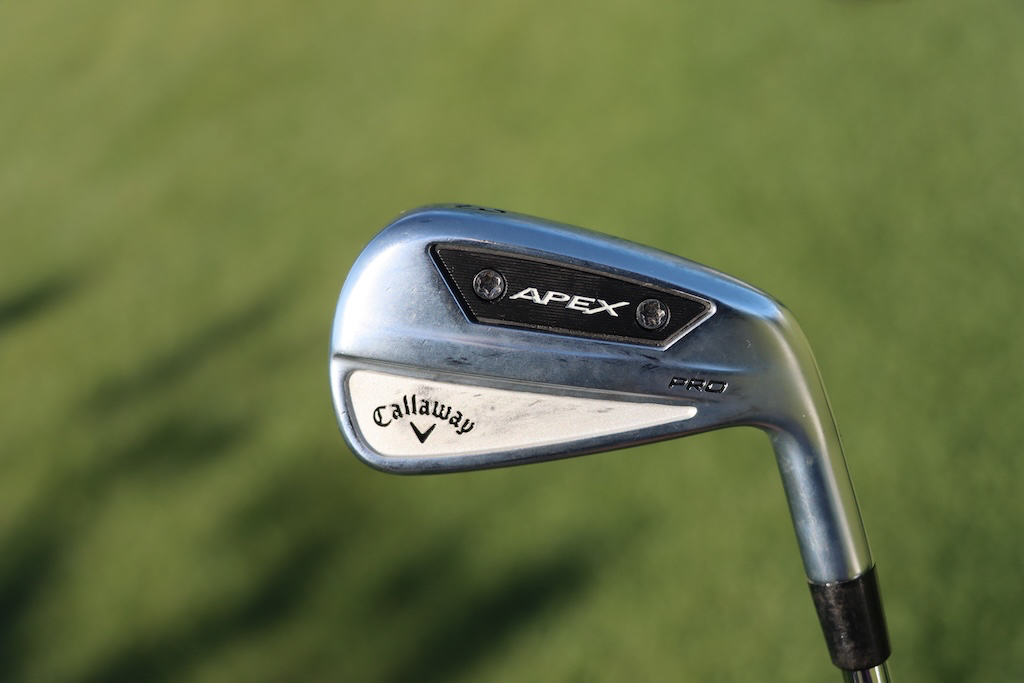
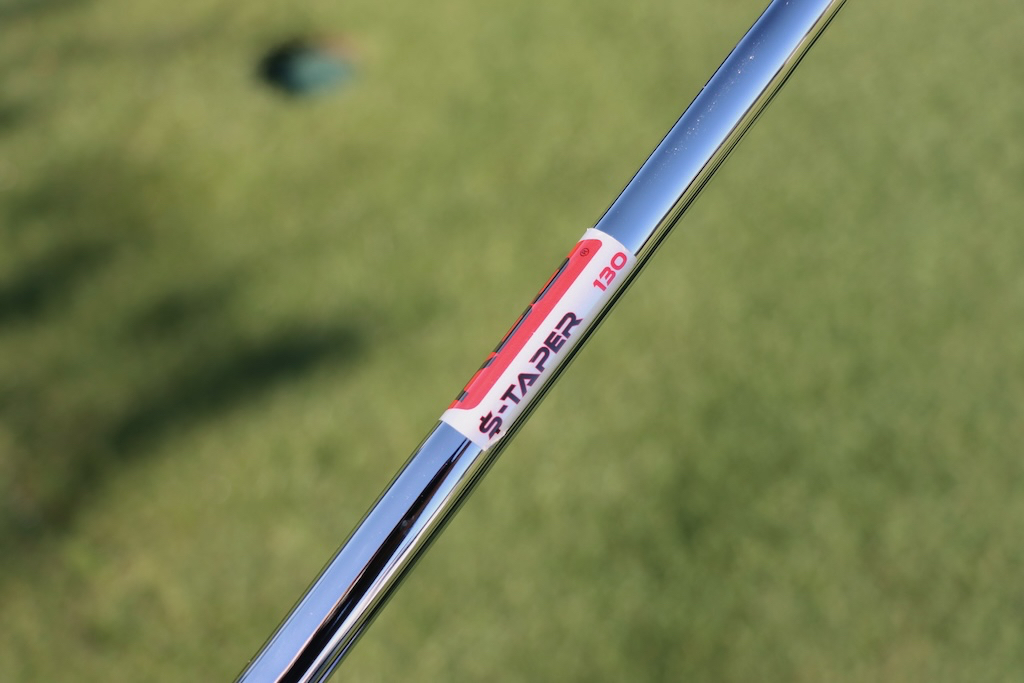
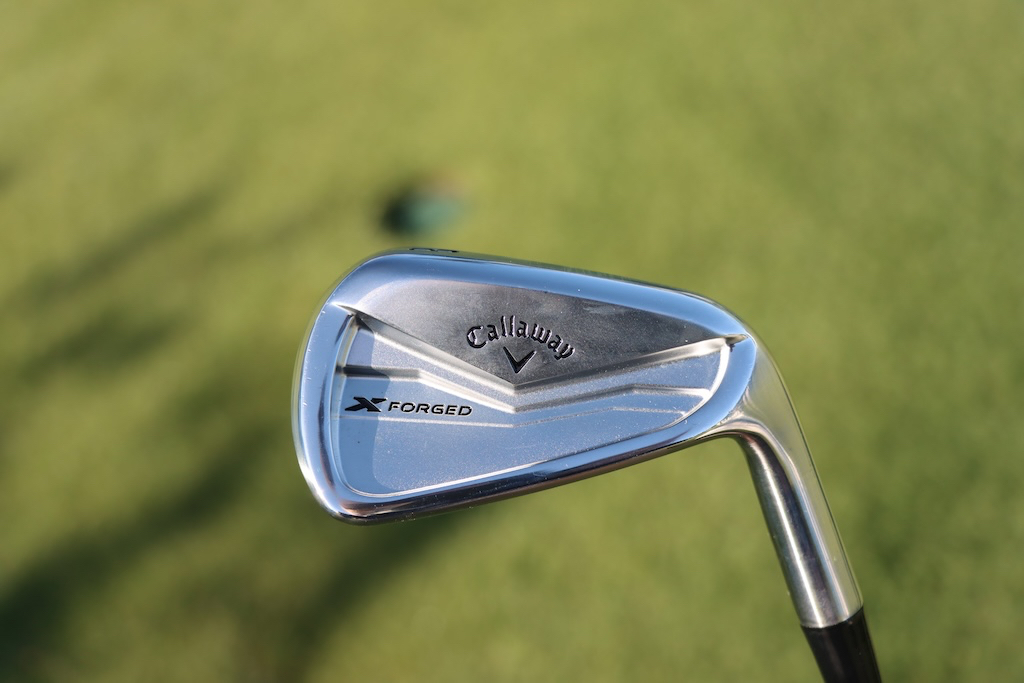
Wedges: Callaway Jaws Raw (52-10S, 56-10S, 60-06C)
Shafts: KBS Tour 130 X
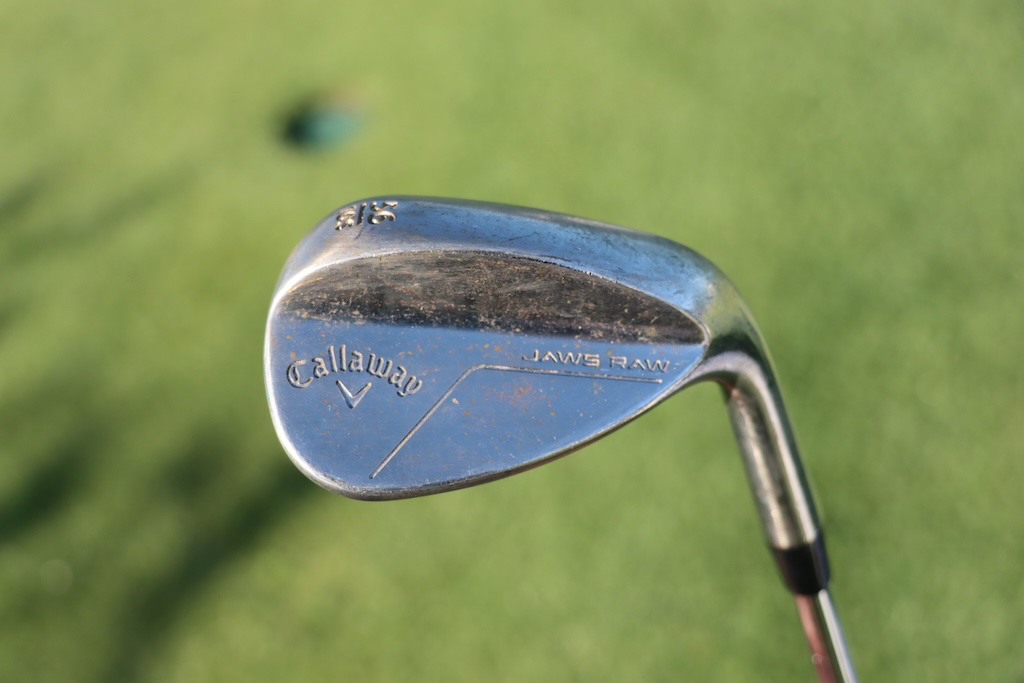
Putter: Odyssey Ai One Milled Eight T DB
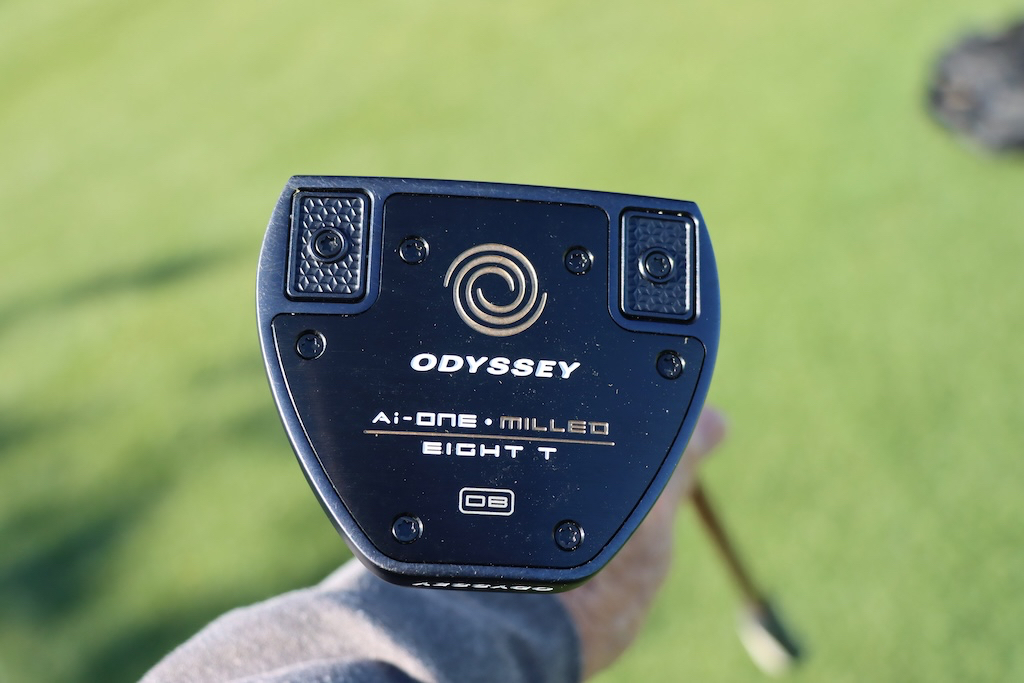
Grips: Golf Pride MCC
Check out more in-hand photos of Hojgaard in the forums.
- LIKE2
- LEGIT0
- WOW0
- LOL0
- IDHT0
- FLOP0
- OB0
- SHANK0
-

 19th Hole2 weeks ago
19th Hole2 weeks agoDave Portnoy places monstrous outright bet for the 2024 Masters
-

 19th Hole2 weeks ago
19th Hole2 weeks agoTiger Woods arrives at 2024 Masters equipped with a putter that may surprise you
-

 19th Hole2 days ago
19th Hole2 days agoJustin Thomas on the equipment choice of Scottie Scheffler that he thinks is ‘weird’
-

 19th Hole2 days ago
19th Hole2 days ago‘Absolutely crazy’ – Major champ lays into Patrick Cantlay over his decision on final hole of RBC Heritage
-

 19th Hole3 weeks ago
19th Hole3 weeks agoReport: Tiger Woods has ‘eliminated sex’ in preparation for the 2024 Masters
-

 19th Hole1 week ago
19th Hole1 week agoTwo star names reportedly blanked Jon Rahm all week at the Masters
-

 19th Hole1 week ago
19th Hole1 week agoReport: LIV Golf identifies latest star name they hope to sign to breakaway tour
-

 19th Hole1 week ago
19th Hole1 week agoNeal Shipley presser ends in awkward fashion after reporter claims Tiger handed him note on 8th fairway





















freowho
Dec 31, 2019 at 5:59 pm
Good article. I agree with a slighlty flatter lie angle for flop shots but it makes the club hard to use for full shots. So the lob wedge basically becomes a specialty shot only club. I think if you are someone who enjoys playing different courses you do need a a couple of different setups. If I was playing a firm course I would carry the specialty 60 which means I would need a good 56 for pitch shots. If I was playing a softer course I might carry a 58 with more bounce instead of the 56 and 60.
Dan
Dec 31, 2019 at 1:49 am
Good to know mate. Interested in your next article about wedge flex. As I play with Ap1 R300 shafts. I was fitted with a vokey wedge, 46F bounce 10. Half an inch long, 1 degree flat. Brought 3 more vokey wedges, same length and lie off a mate. Which have been upgraded to KBS hi rev 2.0 125/S. The feel and contact are amazing. Thinking about doing the same with my 46F. Your thoughts.
Jack
Jan 1, 2020 at 4:50 pm
Hi Dan,
Thanks for the comment. I will go into a little more depth in the article but I would base your 46* on shots you hit the most – Generally this will be fuller shots for most players, therefore I would install the shaft that matches the rest of your iron setup (if you have been fit for those and enjoy their performance etc.. too).
ht
Dec 30, 2019 at 3:04 pm
Yeah this is great info. Thank you. Looking forward to the wedge shaft post
Adam
Dec 30, 2019 at 1:40 am
Very informative. Thank you